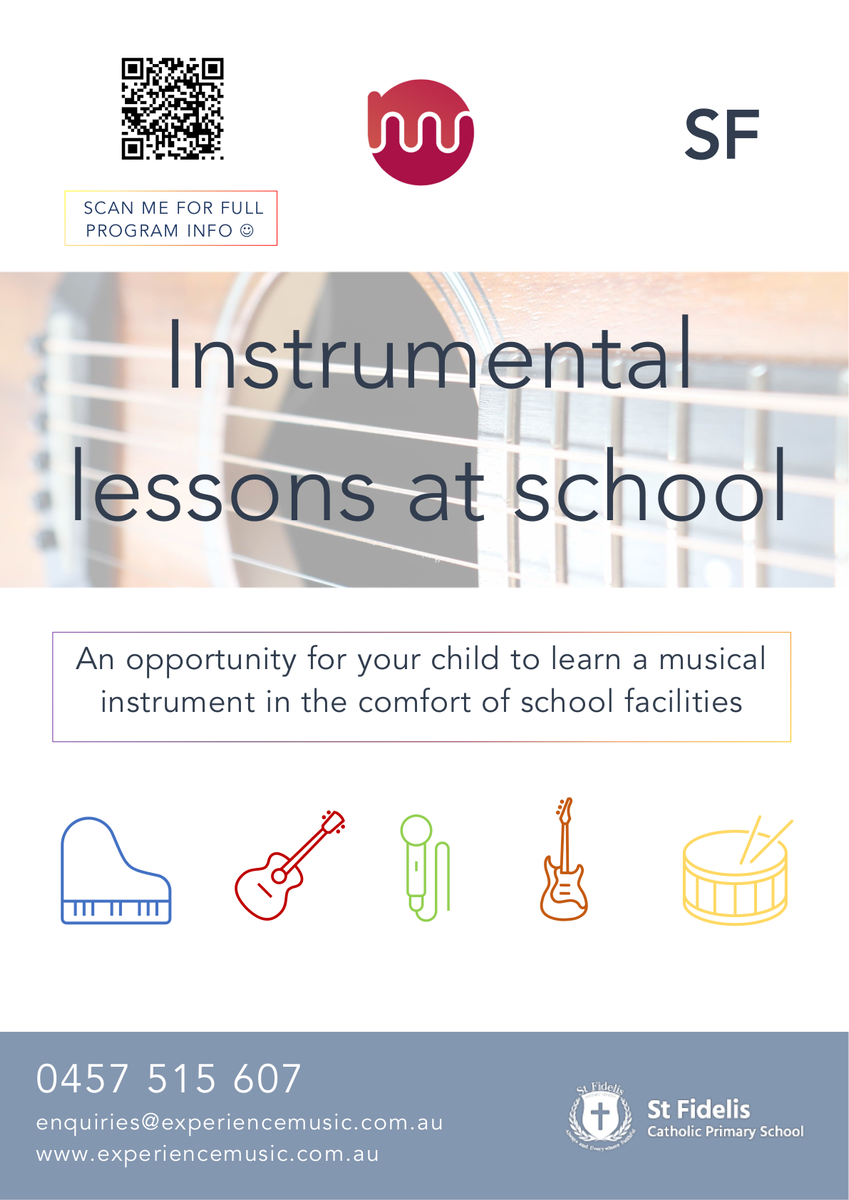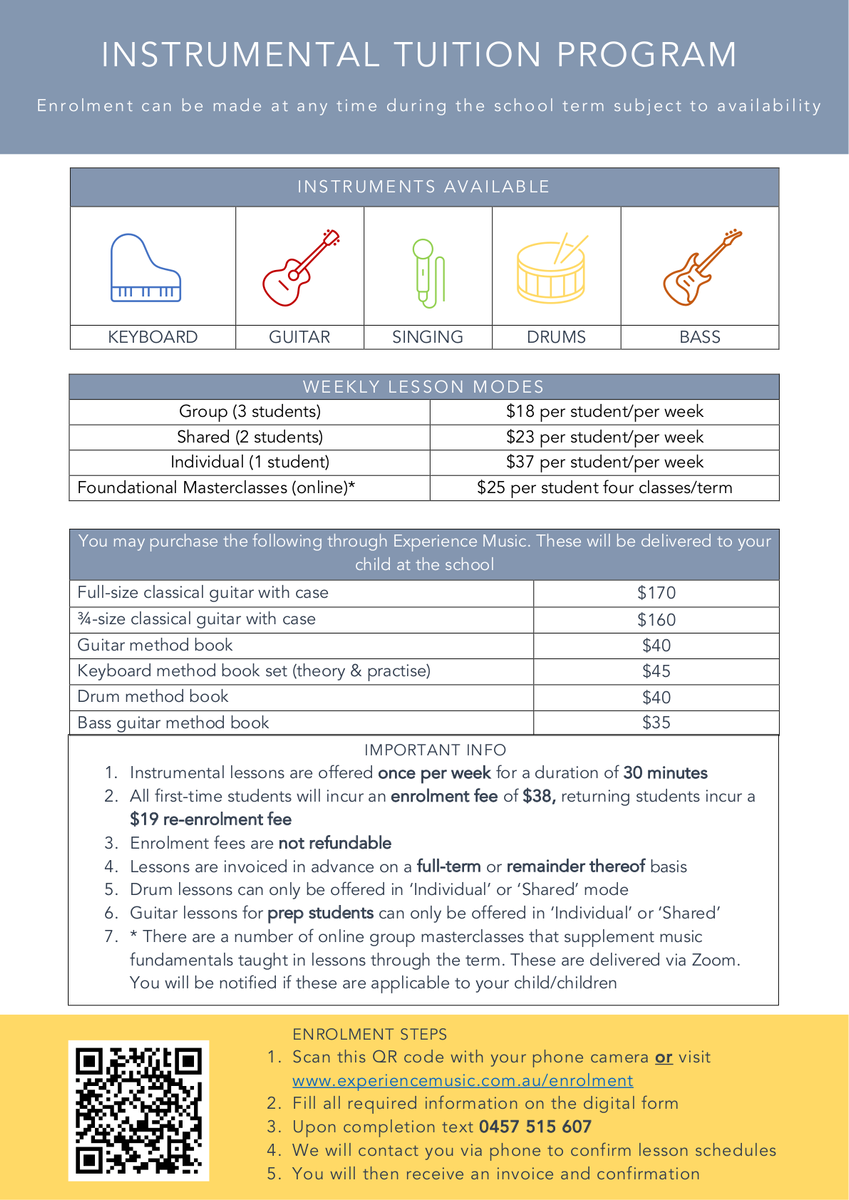Learning & Teaching
Learning and Teaching encompasses the following areas: Student Outcomes, Curriculum, Assessment, Reporting, Principles and Pedagogy.
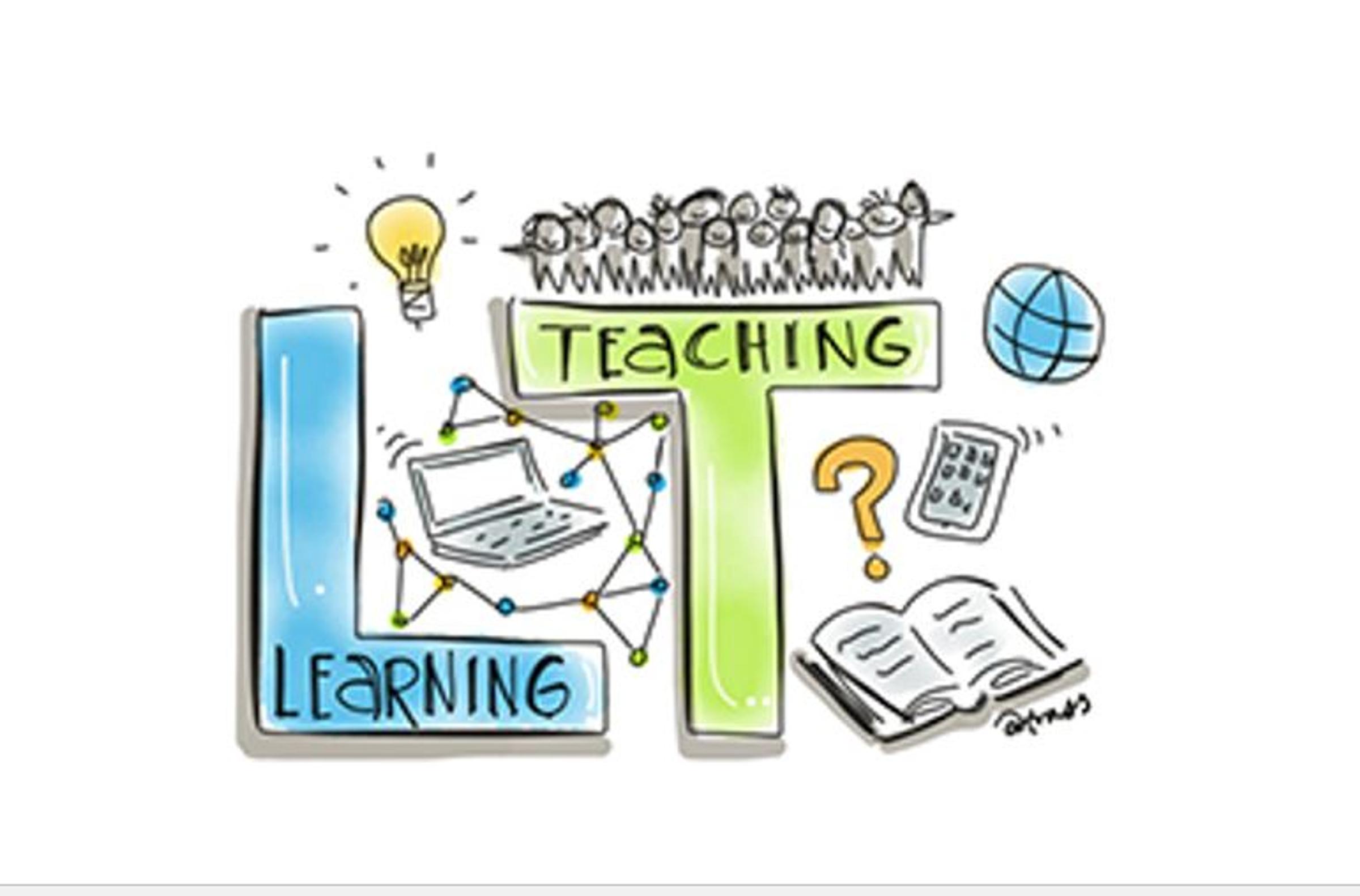
Learning & Teaching
Learning and Teaching encompasses the following areas: Student Outcomes, Curriculum, Assessment, Reporting, Principles and Pedagogy.
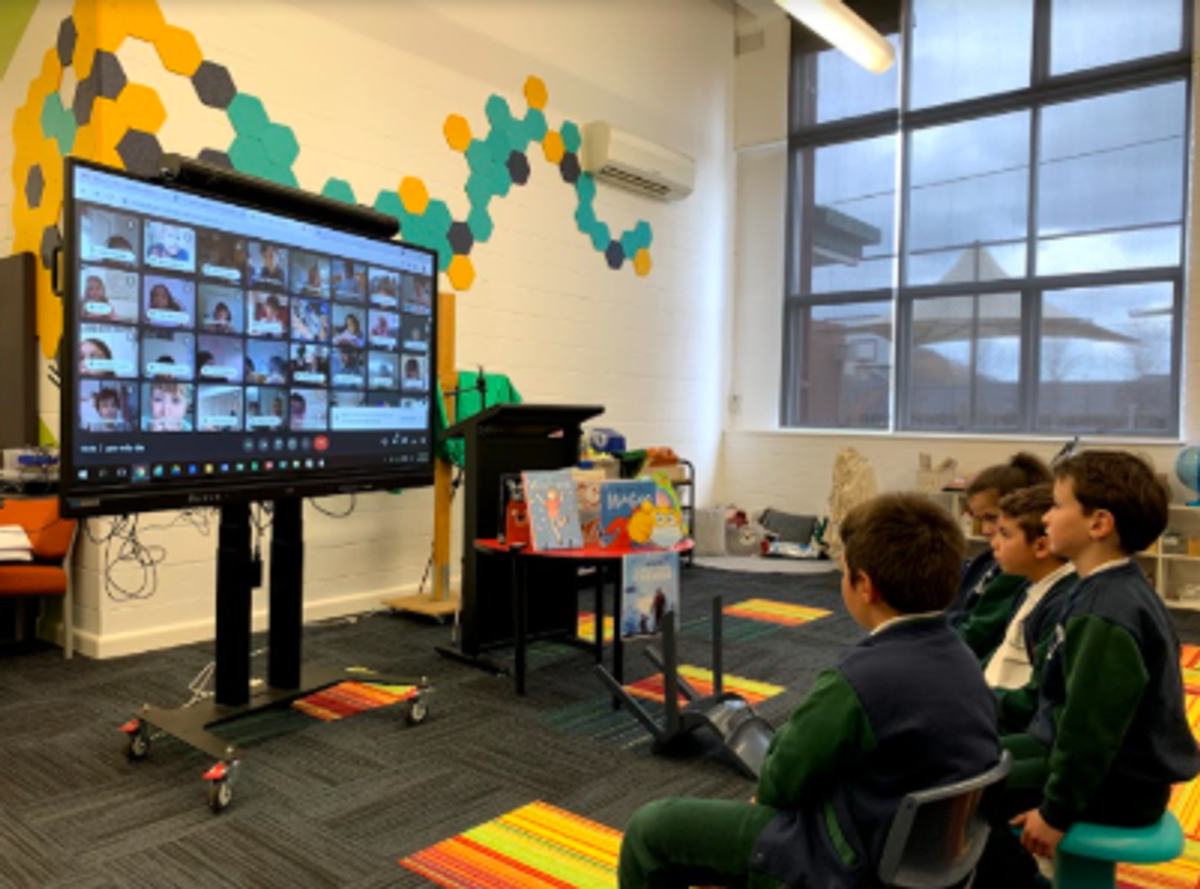



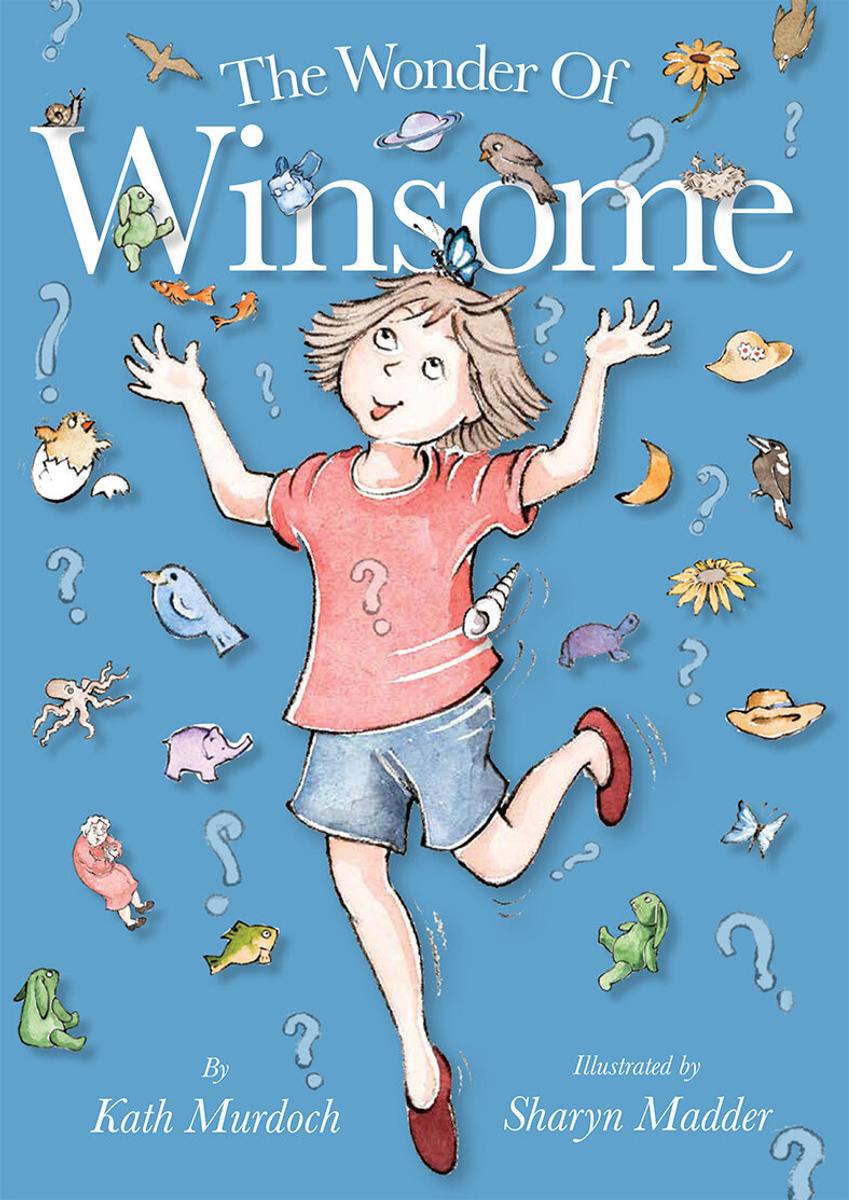

Students in Foundation - Two listened to our guest author, Kath Murdoch read her new book The Wonder of Winsome. Students were given the opportunity to pose questions and wonderings about the book and inquire into how authors go about creating stories and publishing books. Students questioning was both insightful and showed what curious learners they are. Below is a small transcript of the questions students asked and the responses. One of the best lessons in this session today was the importance of reading to develop the love of books and how we use authors' ideas to create our own ideas for when we write.
__________________________________________________________________
Elizabeth- I wonder if Kath liked writing the story.
Kath- I did like writing the story most of the time- I had to go back and start again. It's hard to go back and do it.
Maddie- Has she written another story that might be similar to it?
Kath- I have written other books but they aren't similar to this one.
Jeevan- Has it happened to her in primary school?
Kath- When you do write stories you often write about your experiences. In primary school I didn’t get to ask questions.
Jeevan - What was one of the questions you did ask?
Kath When I was little I was really interested in the sea and shells.
Sam- How long did it take to write the book?
Kath- The actual writing part only took a few weeks - The first draft to the final book took 2 years. Publishing it took a long time.
Chelsea- I wonder why she likes to play.
Skyler- I wonder when did she publish the book?
Kath- It was May or June this year.
Darius- Was your first book fiction or nonfiction?
Kath- It was non fiction - a book for teachers, the non fiction book was about Lizards.
Stella- How many books have you written?
Kath- 15 books for teachers and 8 books for Children. The fiction books were especially for schools.
Madalyn- What gave you the idea to write the book- Where do ideas come from?
Kath- I got this idea when I was on holiday. I was doing lots of thinking and I found a few ideas and kept adding to them.
Zara A- How old were you when you wrote your first book?
Kath- 28
Zita- What is your favourite part of the story?
Kath- It changes all the time - I do love the illustrations that Sharon did. The Drawing with all of her wonders. I love having a play with some of her words.
Angelina- Was it hard publishing your first book? I want to become a book writer when I grow up.
Kath- When I published my first book I didn’t know anything about publishing my first book. An editor helps you fix things up. You have to be really persistent.
Orlando- How did you make those lovely words?
Kath - I just love words when I read. I collect interesting words. I try to remember interesting words. I read other people's books.
Who has a favourite author?
Kath- Oliver Jeffers
Isaac- I like Dr Seuss.
Harrison- How long have you been an author?
Dante - Did it take time away from your family?
Kath- Sometimes I had to say I can’t do this now because I’m working on my book.
Leon – My favourite author is Roald Dahl.
Felix- Anh Do is my favourite author.
Jasmine- My favourite author is Dr Seuss.
Kath- Another author, Mem Fox, inspired me. I looked at these authors and the way they used words. When people are curious and wonder about the world is my favourite thing.
Florence- How did you come up with the name of the story?
Kath- I wanted a name that went well with wonder and I thought Winsome was that name.
Monte - Do you ever wonder about making another book?
Kath Hi Monte- Whenever I finish writing a book, I always think I won’t do another one..and then…the IDEAS start coming and before I know it, I am planning the next one. I am already starting to think about more Winsome adventures.
Tess - How did you make the book?
Kath- HI Tess. I wrote the story on my computer and I changed it lots and lots of times before I was happy with it. Then I found someone to do the illustrations and then we sent it off to get printed. It took a long time for all that to happen!
Kath reading The Wonder of Winsome
Do you think you were born curious?
Don’t you love the way the designer put the words into the story?
You can’t be bored if you’re curious!
I wonder if you were nervous when you started school?
Designer has made the word HIDE start to fade.
What do you wonder???
“If you read and write you will never be bored”
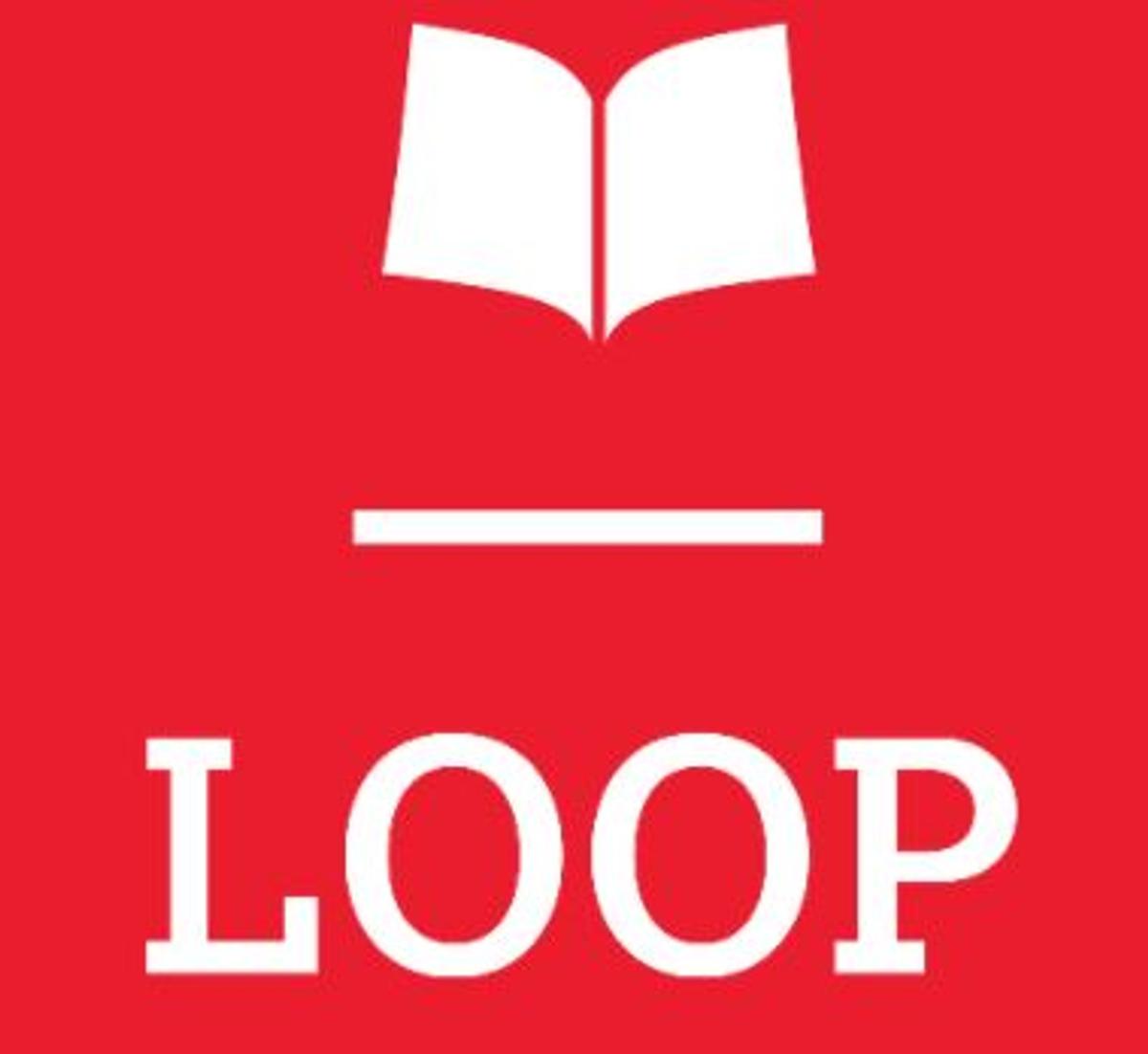

Book Club Issue 6 is open and home delivery is available!
It is easy to order. The Book Club LOOP platform for parents allows you to pay by credit card. You can place your child’s order at scholastic.com.au/loop or by using the LOOP app, which can be downloaded from the App Store or Google Play.
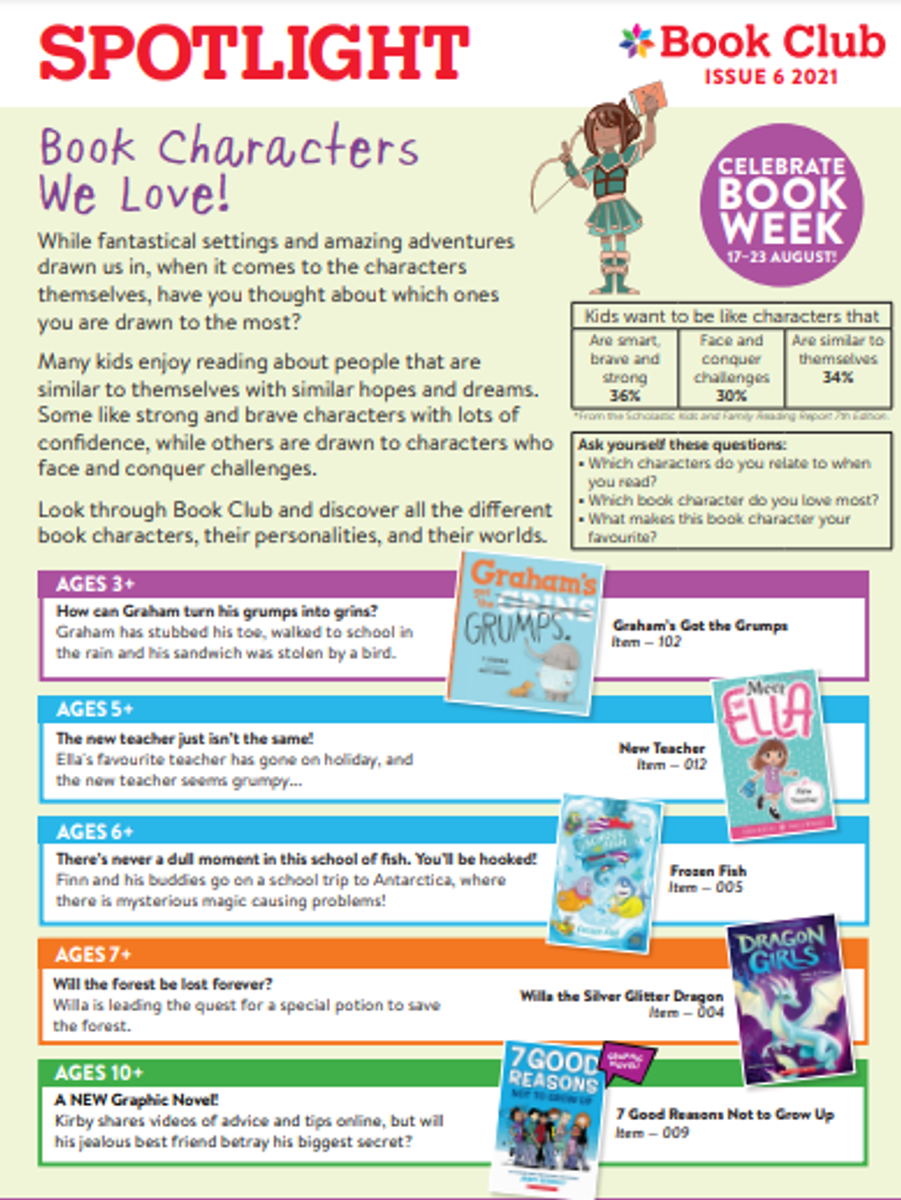

In response to the current lockdowns, Scholastic have added the temporary option for all parents to have their orders sent directly to their homes. This option will enable you to place and receive orders while your children are undertaking schooling at home. The home delivery option can be selected by parents at the time of ordering for $7.50.
Orders close on Wednesday September 1.
This article might be a timely one for many parents. I hope you find some good tips for helping your child at home.
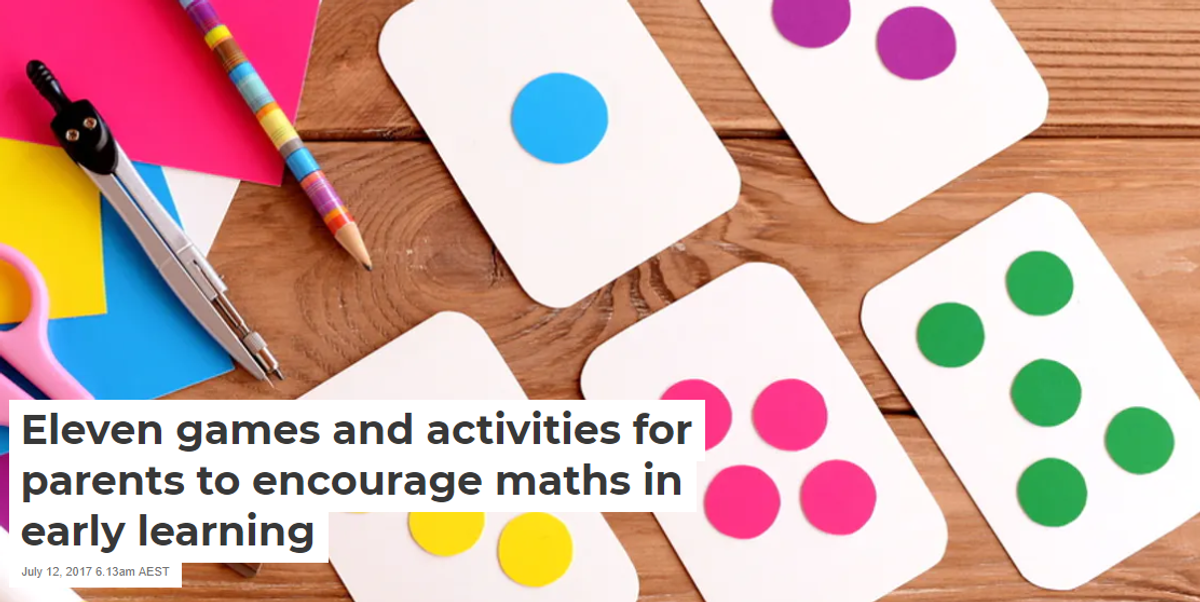

Authors
Sivanes Phillipson receives funding from the Australian Research Council Linkage Project (LP 140100548), with partner investigators, Victorian Department of Education and Training and Catholic of Education Office Melbourne.
Ann Gervasoni receives funding from the Australian Research Council Linkage Project (LP 140100548), with partner investigators, Victorian Department of Education and Training and Catholic of Education Office Melbourne. She has also received funding from The Smith Family for the Let's Count Longitudinal Evaluation.
The best help their children with their schooling without actually doing it for them? This article is part of our series on Parents’ Role in Education, focusing on how best to support learning from early childhood to Year 12.
Before beginning official schooling, parents can give their young children a boost in learning mathematics by noticing, exploring and talking about maths during everyday activities at home or out and about.
New research shows that parents play a key role in helping their children learn mathematics concepts involving time, shape, measurement and number. This mathematical knowledge developed before school is predictive of literacy and numeracy achievements in later grades.
One successful approach for strengthening the role of parents in mathematics learning is Let’s Count, implemented by The Smith Family. This builds on parents’ strengths and capabilities as the first mathematics educators of their children.
The Let’s Count longitudinal evaluation findings show that when early years educators encourage parents and families to confidently notice, explore and talk about mathematics in everyday activities, their young children’s learning flourishes.
Indeed, children whose families had taken part in Let’s Count showed greater mathematical skills than those in a comparison group whose families had not participated. For example, they were more successful with correctly making a group of seven (89% versus 63%); continuing patterns (56% versus 34%); and counting collections of 20 objects (58% versus 37%).
These findings, among many others, are a strong endorsement of the power of families helping their children to learn about mathematics in everyday contexts.
Discussing and exploring mathematics with children requires no special resources. Instead, what is needed is awareness and confidence for parents about how to engage.
However, our research shows that one of the biggest barriers to this is parents’ lack of confidence in leading maths education at home.
Through examining international research, we identified the type of activities that are important for early maths learning which are easy for parents to use. These include:
Neuroscience research has provided crucial evidence about the importance of early nurturing and support for learning, brain development, and the development of positive dispositions for learning.
Early brain development or “learning” is all about the quality of children’s sensory and motor experiences within positive and nurturing relationships and environments. This explains why programs such as Let’s Count are successful.
Sometimes it can be difficult to come up with activities and games to play that boost children’s mathematics learning, but there are plenty. For example, talk with your children as you prepare meals together. Talk about measuring and comparing ingredients and amounts.
You can play children’s card games and games involving dice, such as Snakes and Ladders, or maps, shapes and money. You can also read stories and notice the mathematics – the sequence of events, and the descriptions of characters and settings.
Although these activities may seem simple and informal, they build on what children notice and question, give families the chance to talk about mathematical ideas and language, and show children that maths is used throughout the day.Parents are encouraged to provide learning opportunities that are engaging and relevant to their children. www.shutterstock.com
Most importantly, encouraging maths and numeracy in young children relies on making it appealing and relevant to them.
For example, when you take your child for a walk down the street, in the park or on the beach, bring their attention to the objects around them – houses, cars, trees, signs.
Talk about the shapes and sizes of the objects, talk about and look for similarities and differences (for example: let’s find a taller tree or a heavier rock), count the number of cars parked in the street or time how long it takes to reach the next corner.
Discuss the temperature or the speed of your walking pace.
Collect leaves or shells, and make repeating patterns on the sand or grass, or play Mathematical I Spy (I spy with my little eye, something that’s taller than mum).
It is never too soon to begin these activities. Babies who are only weeks old notice differences in shapes and the number of objects in their line of sight.
So, from the earliest of ages, talk with your child about the world around them, being descriptive and using mathematical words. As they grow, build on what they notice about shapes, numbers, and measures. This is how you teach them mathematics.
PHYSICAL EDUCATION
During this week’s PE lesson students played ‘Balloon Kicks’. The students were required to complete a series of activities which included the following:
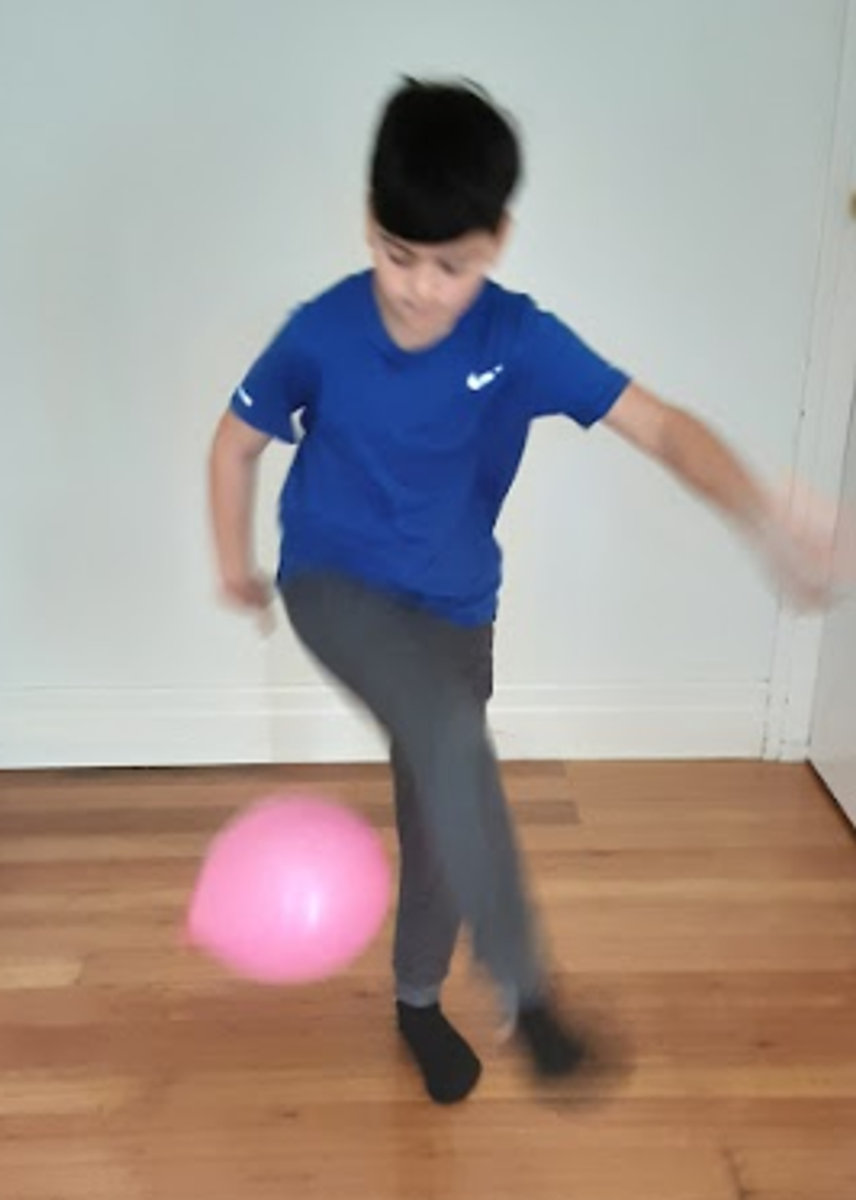
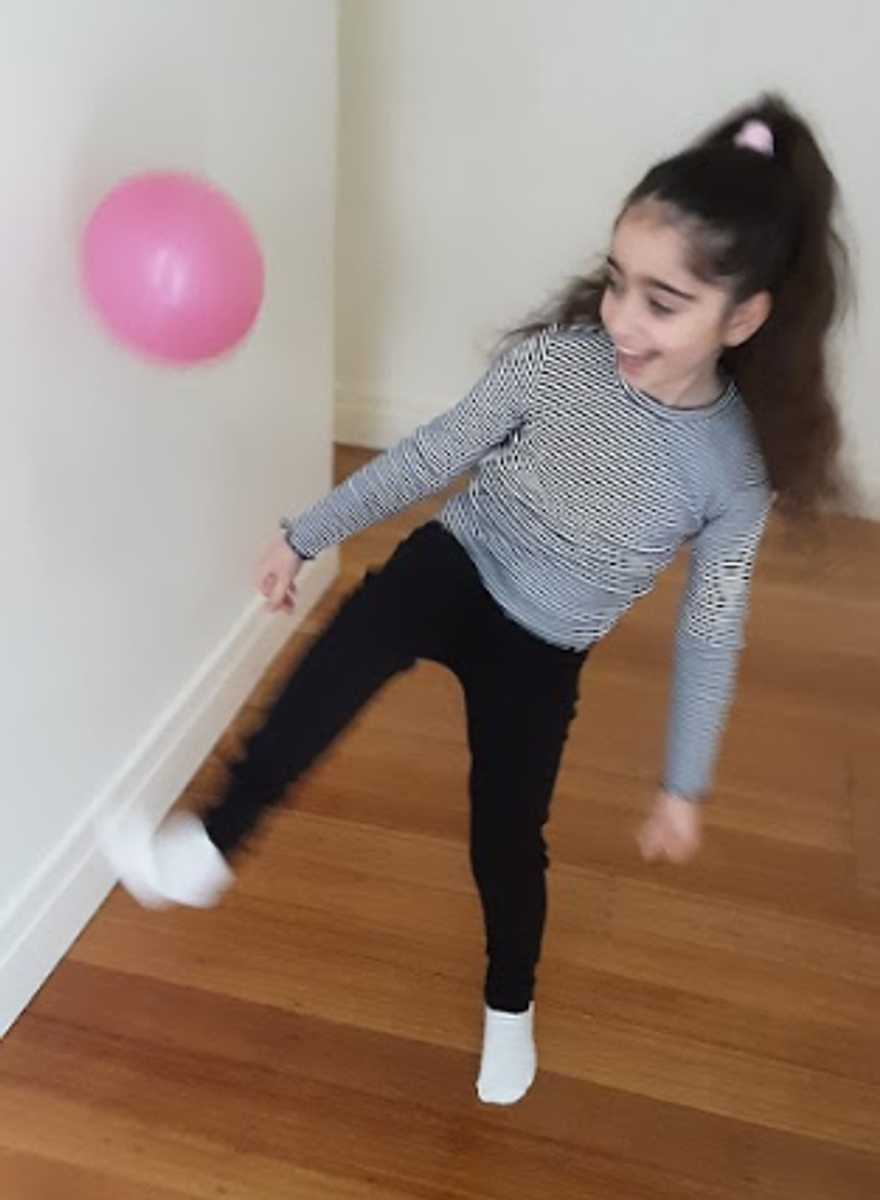
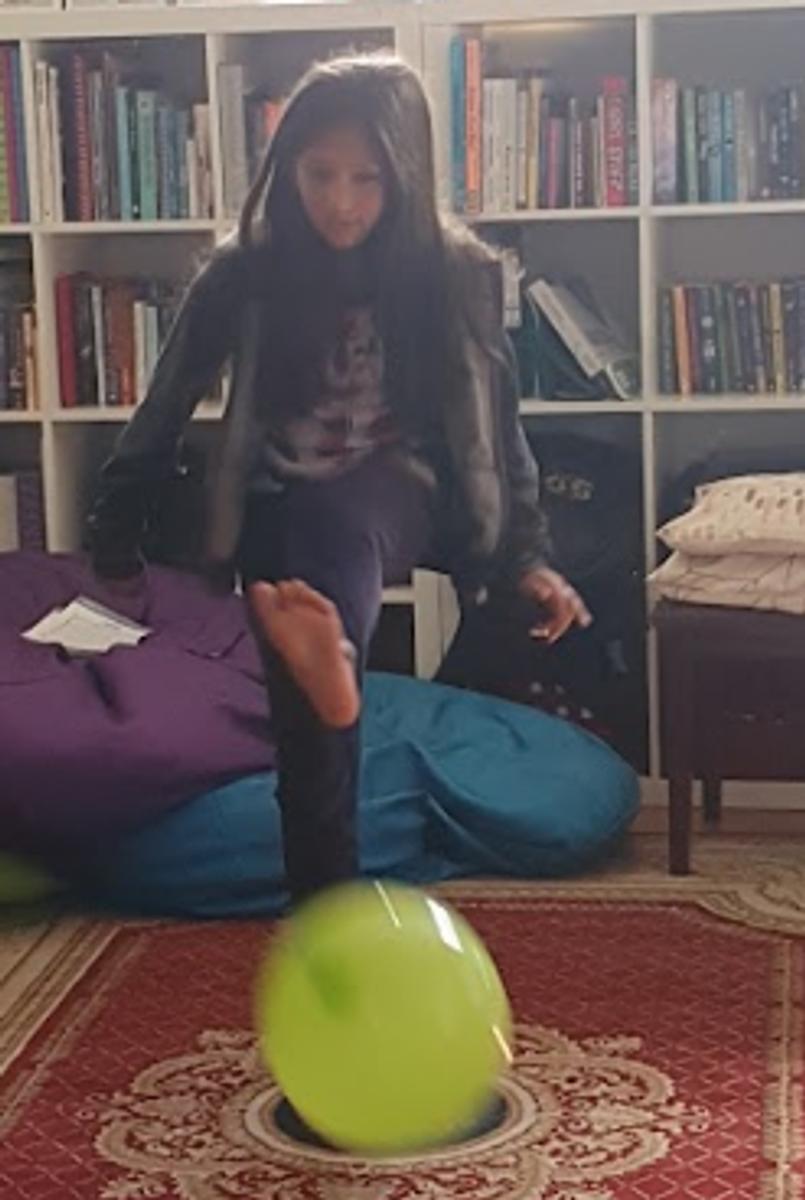
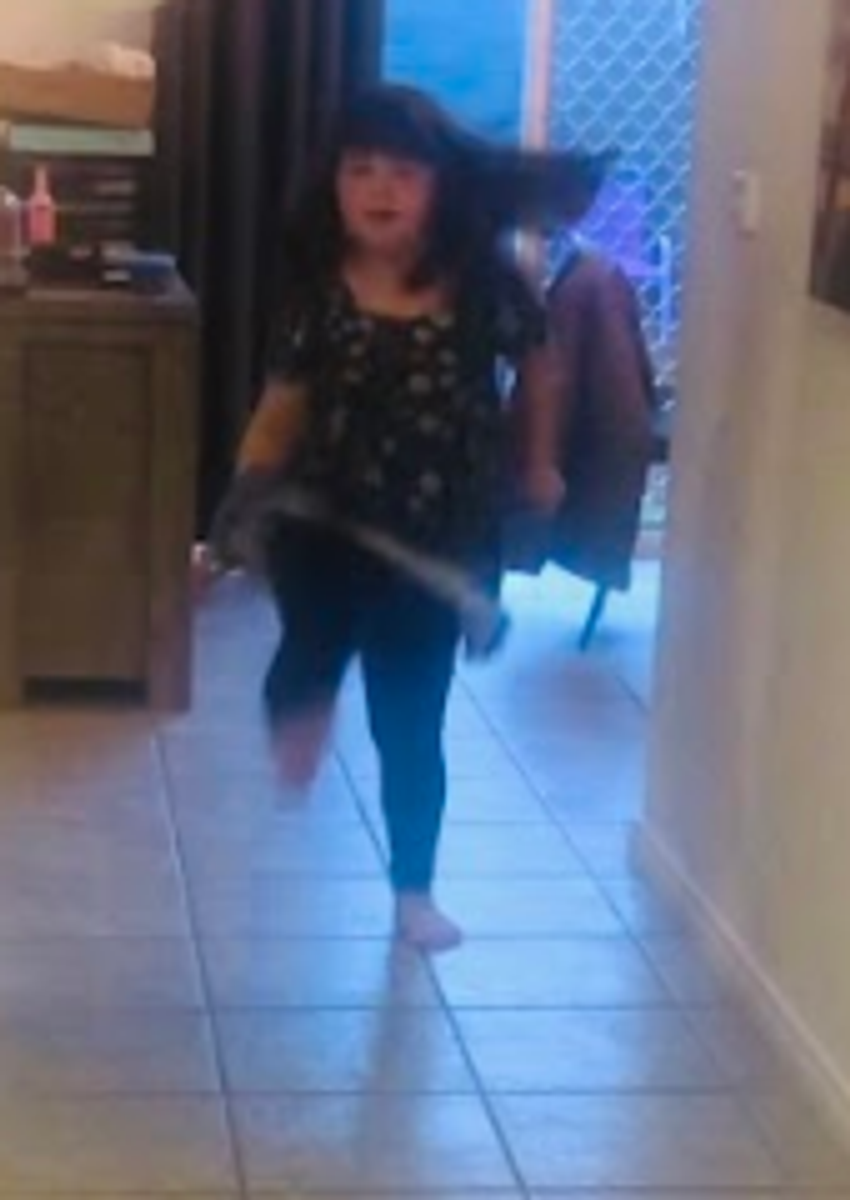
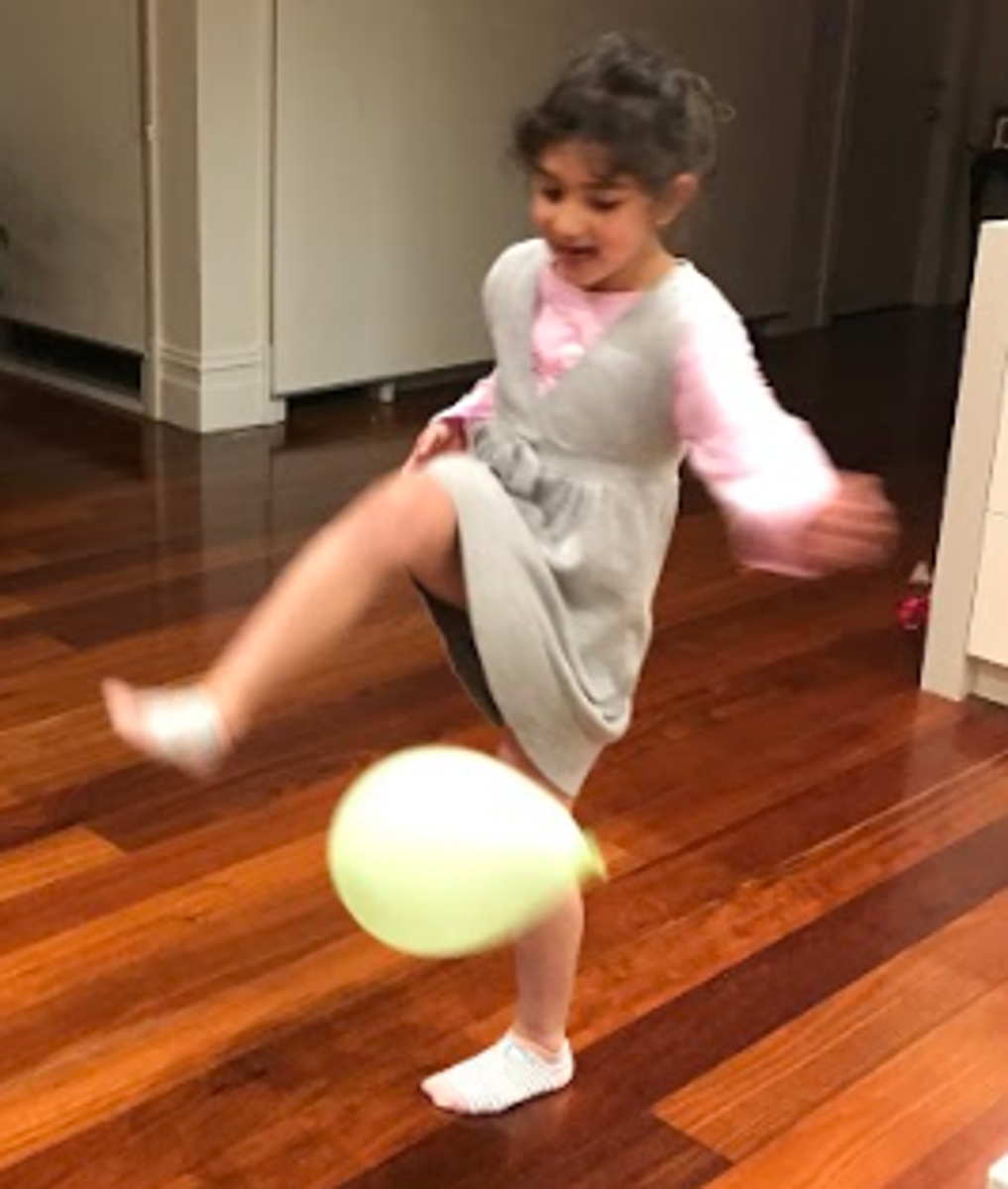
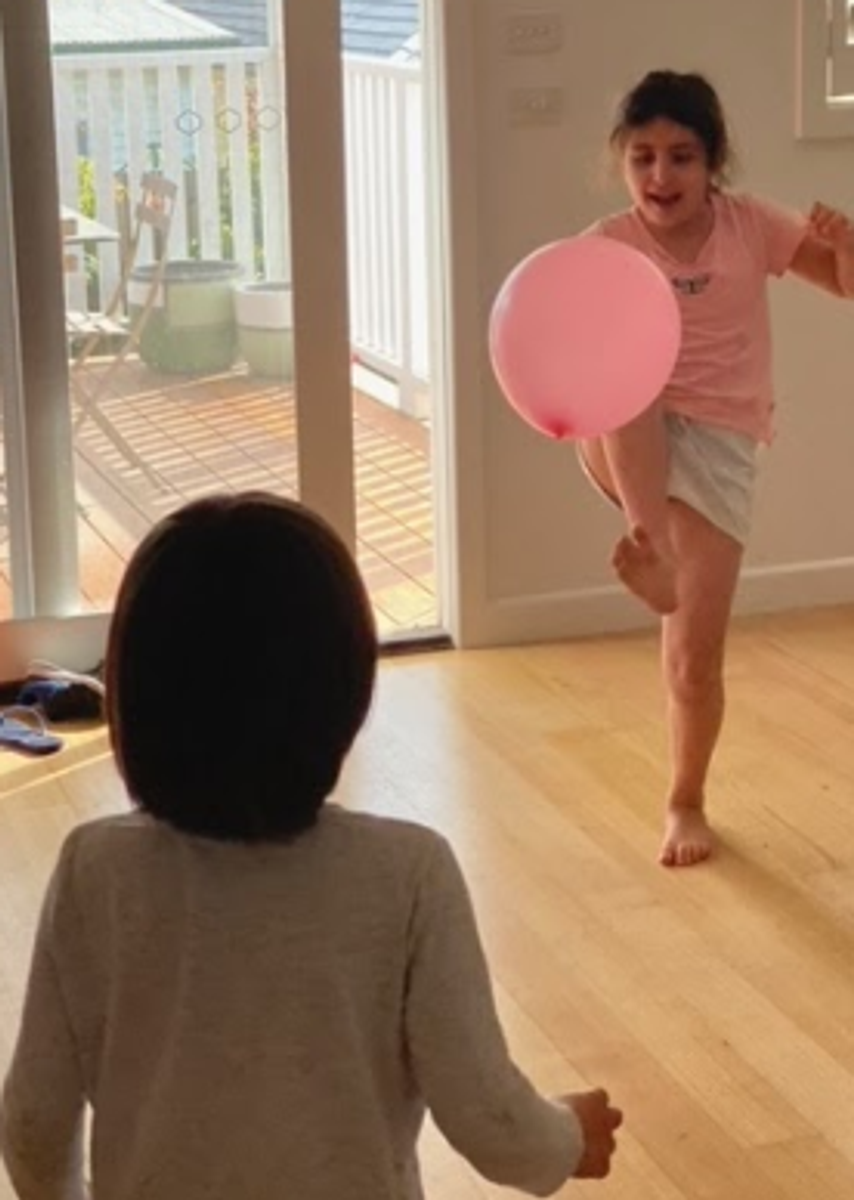
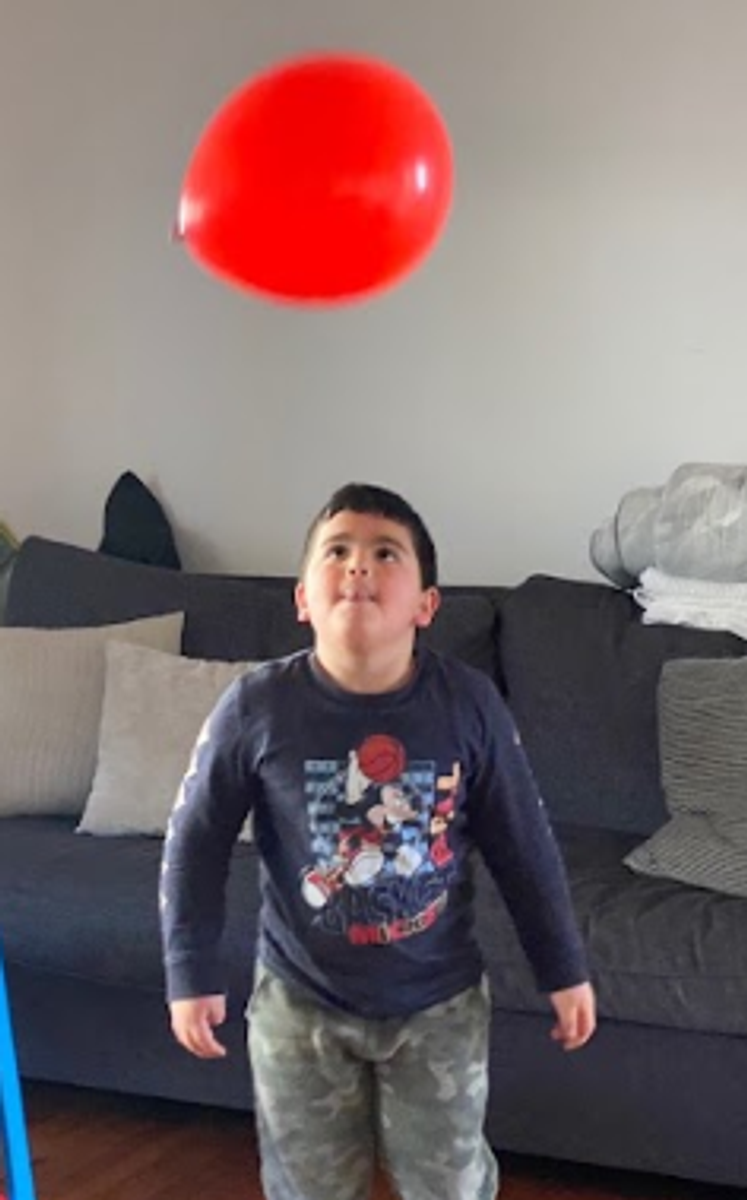
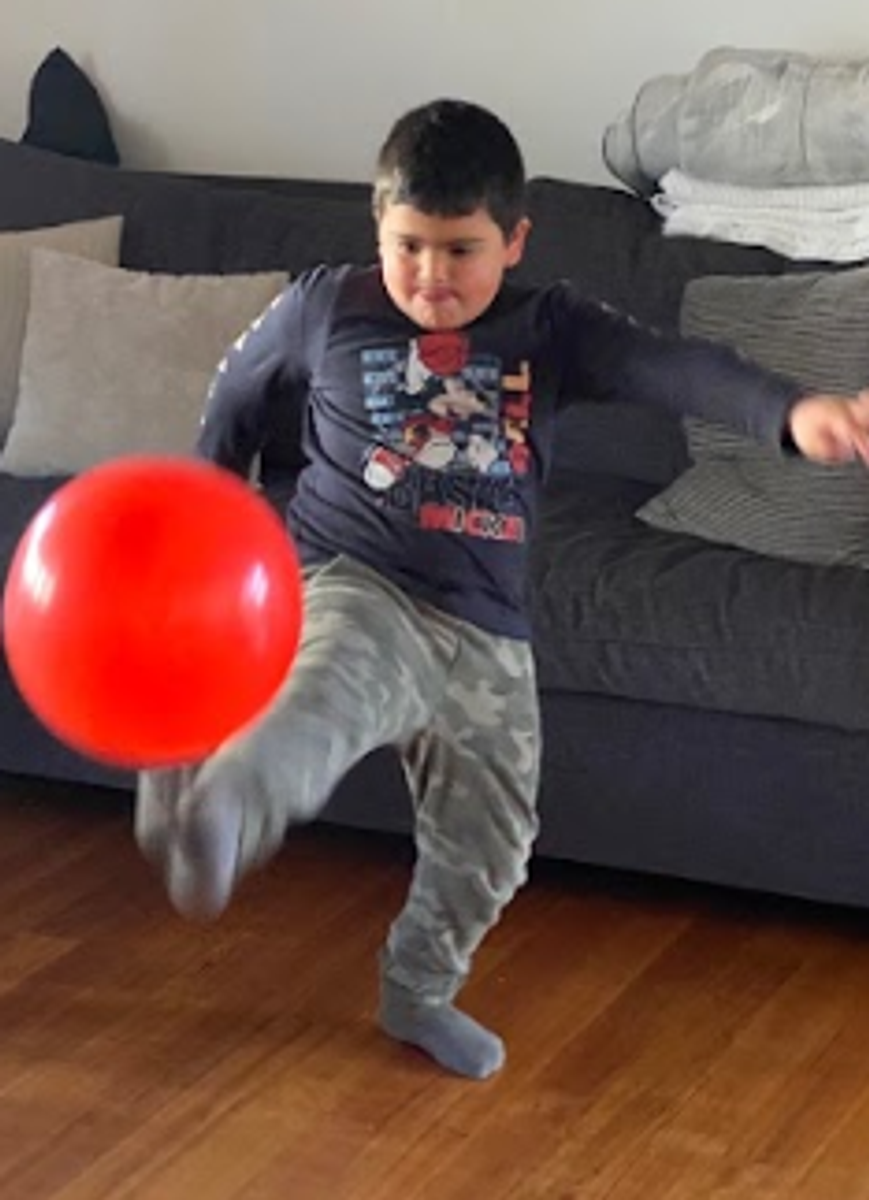
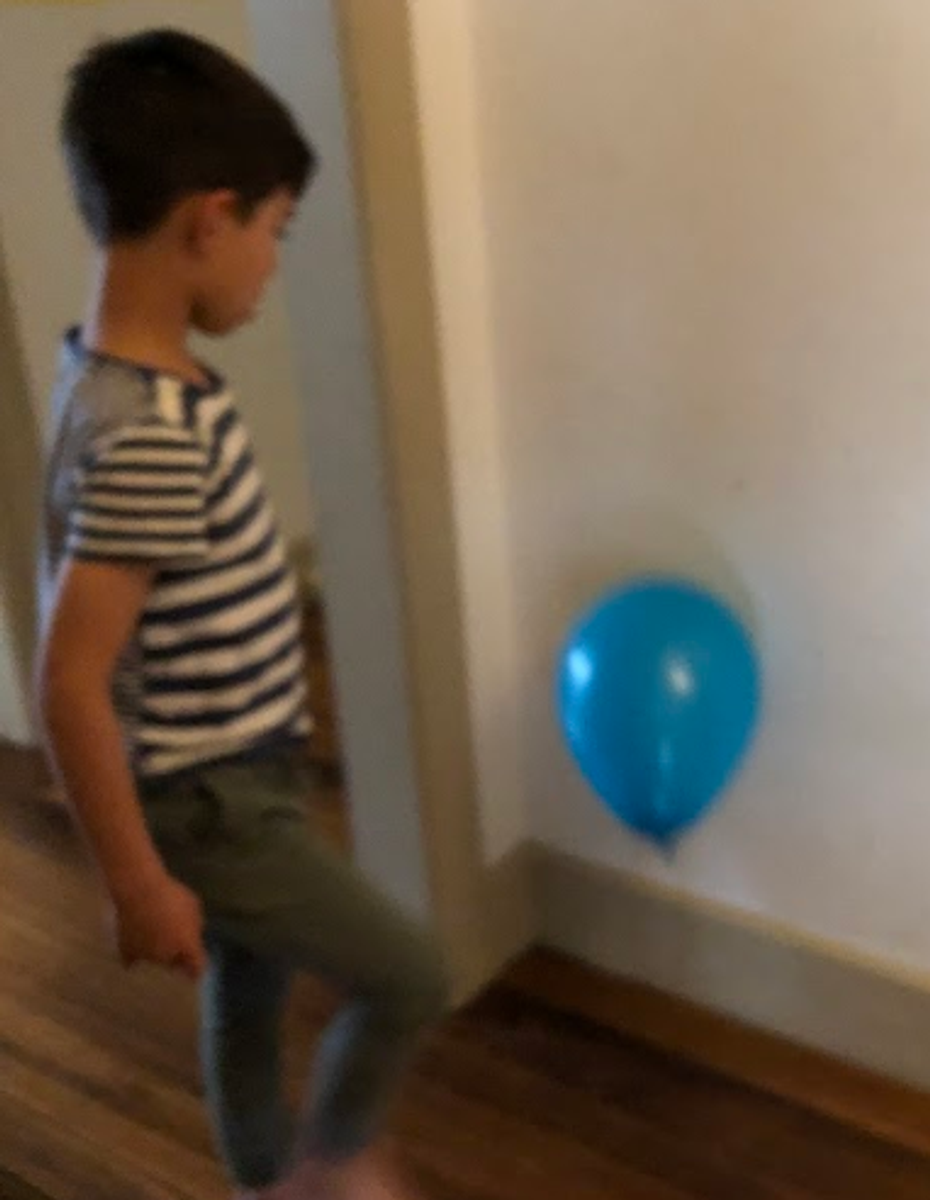
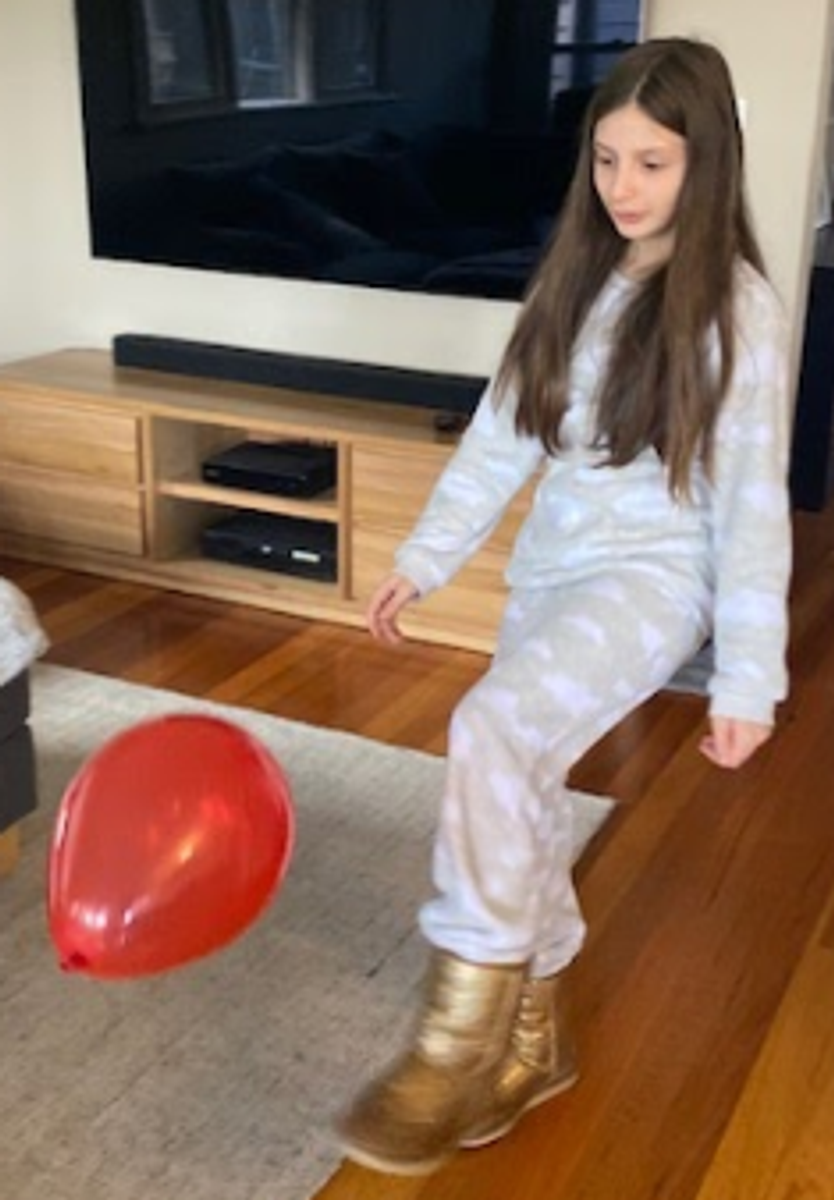
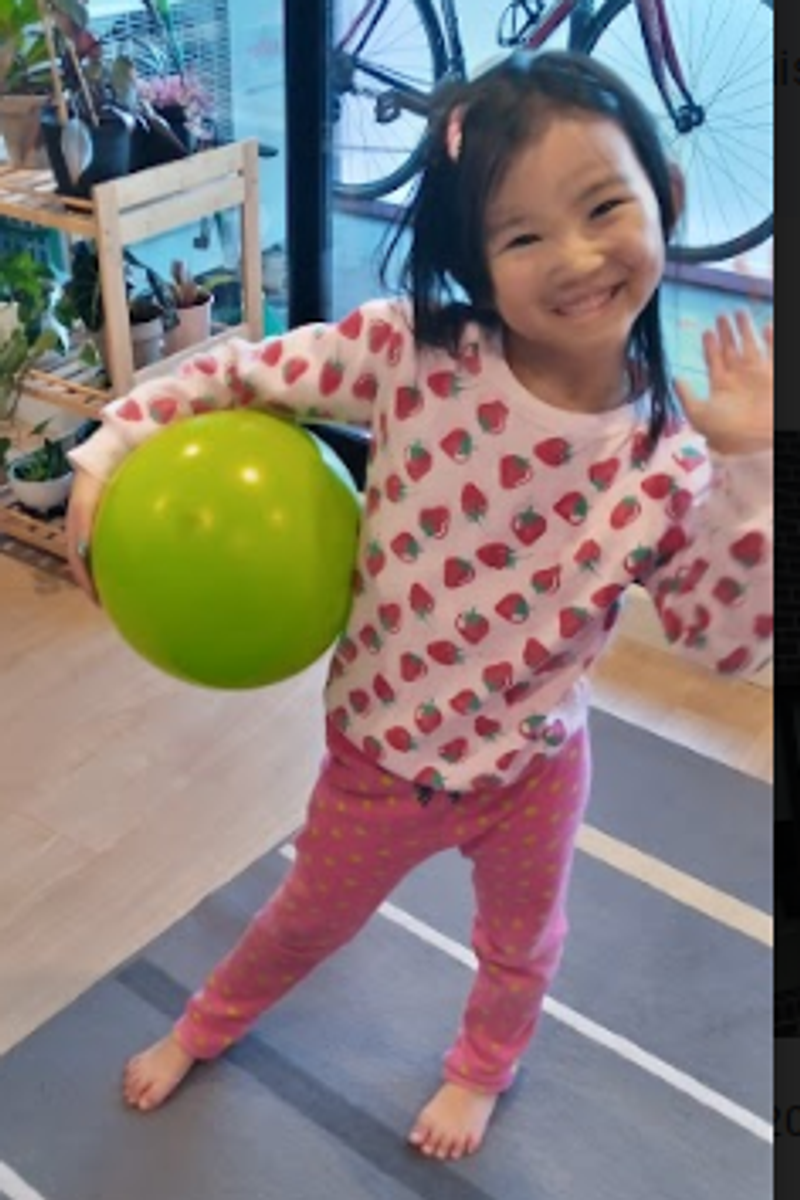
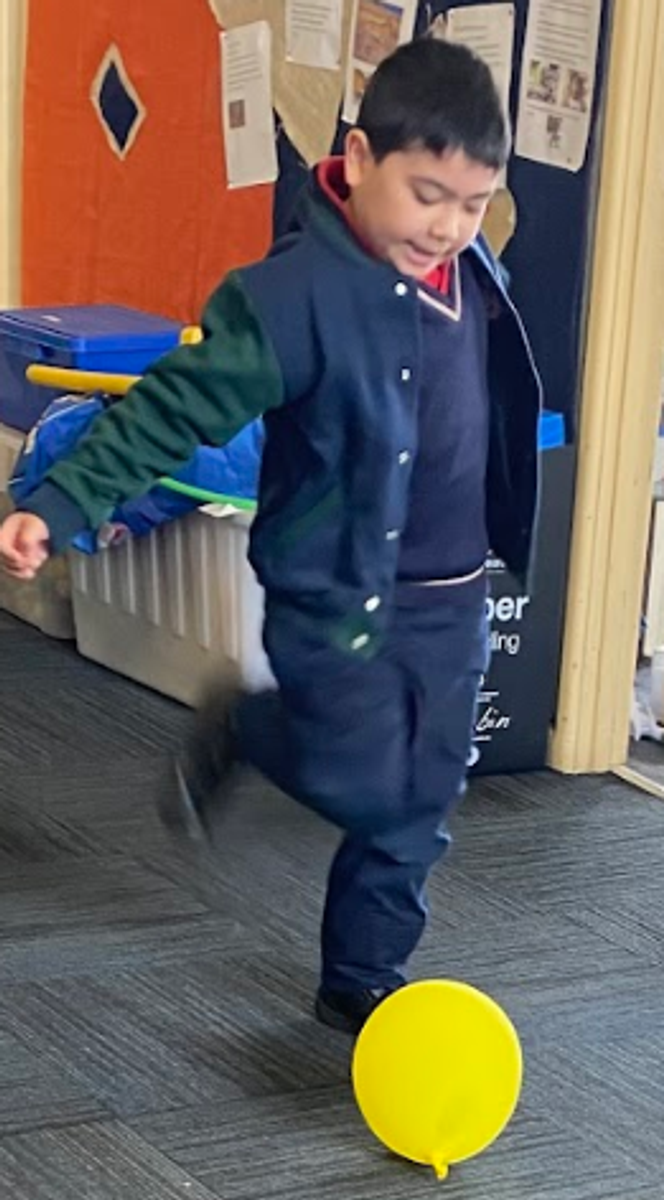
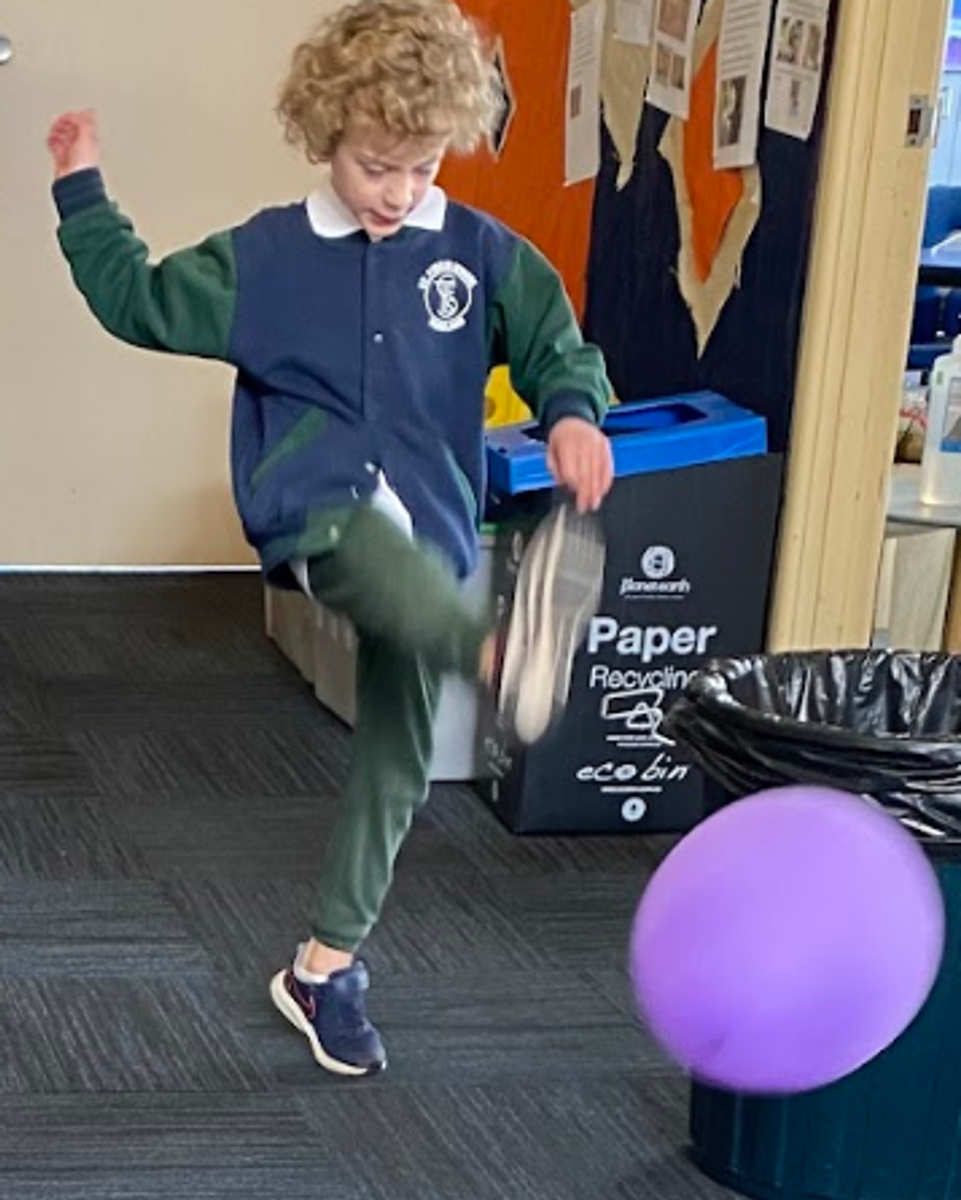


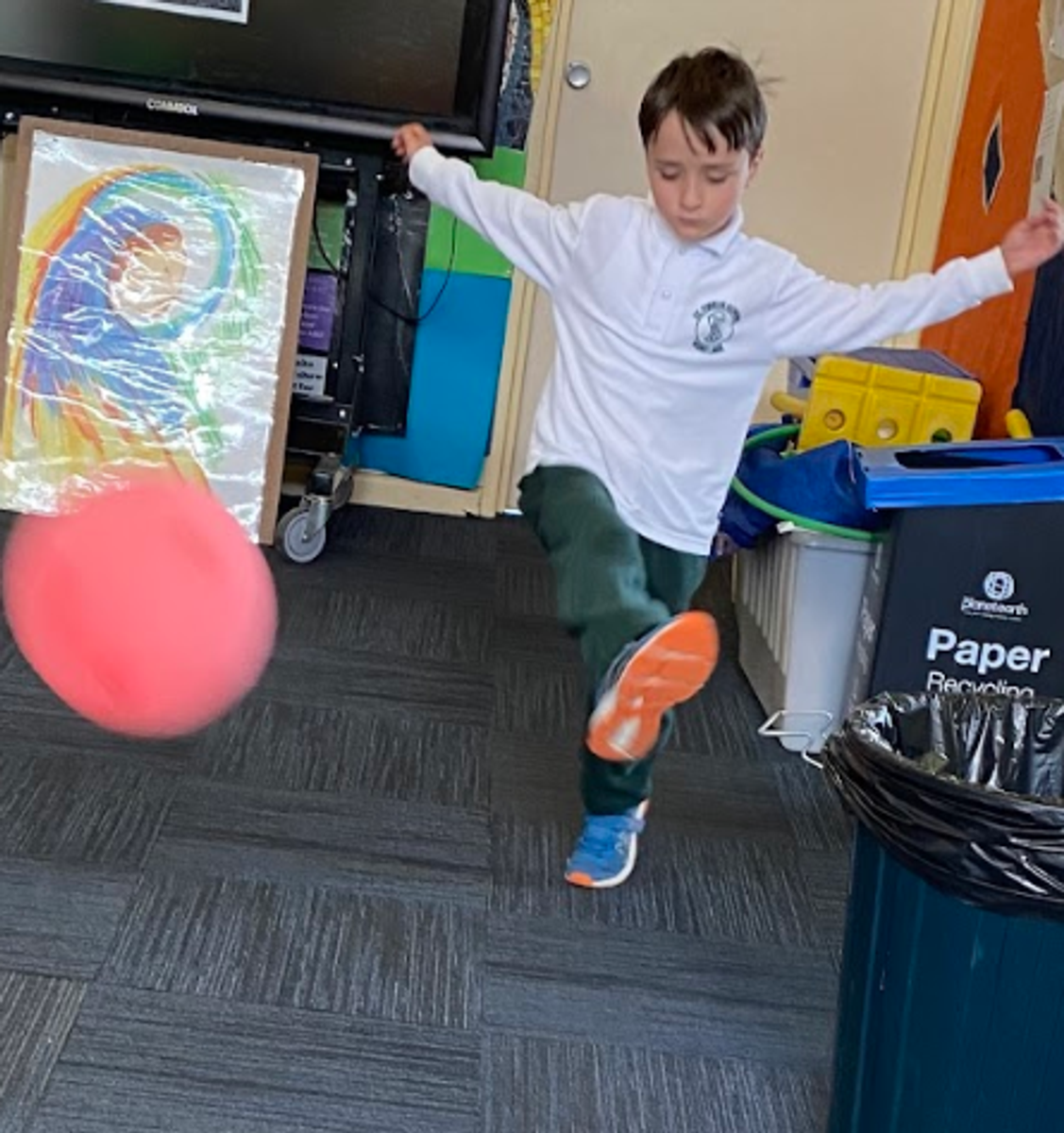
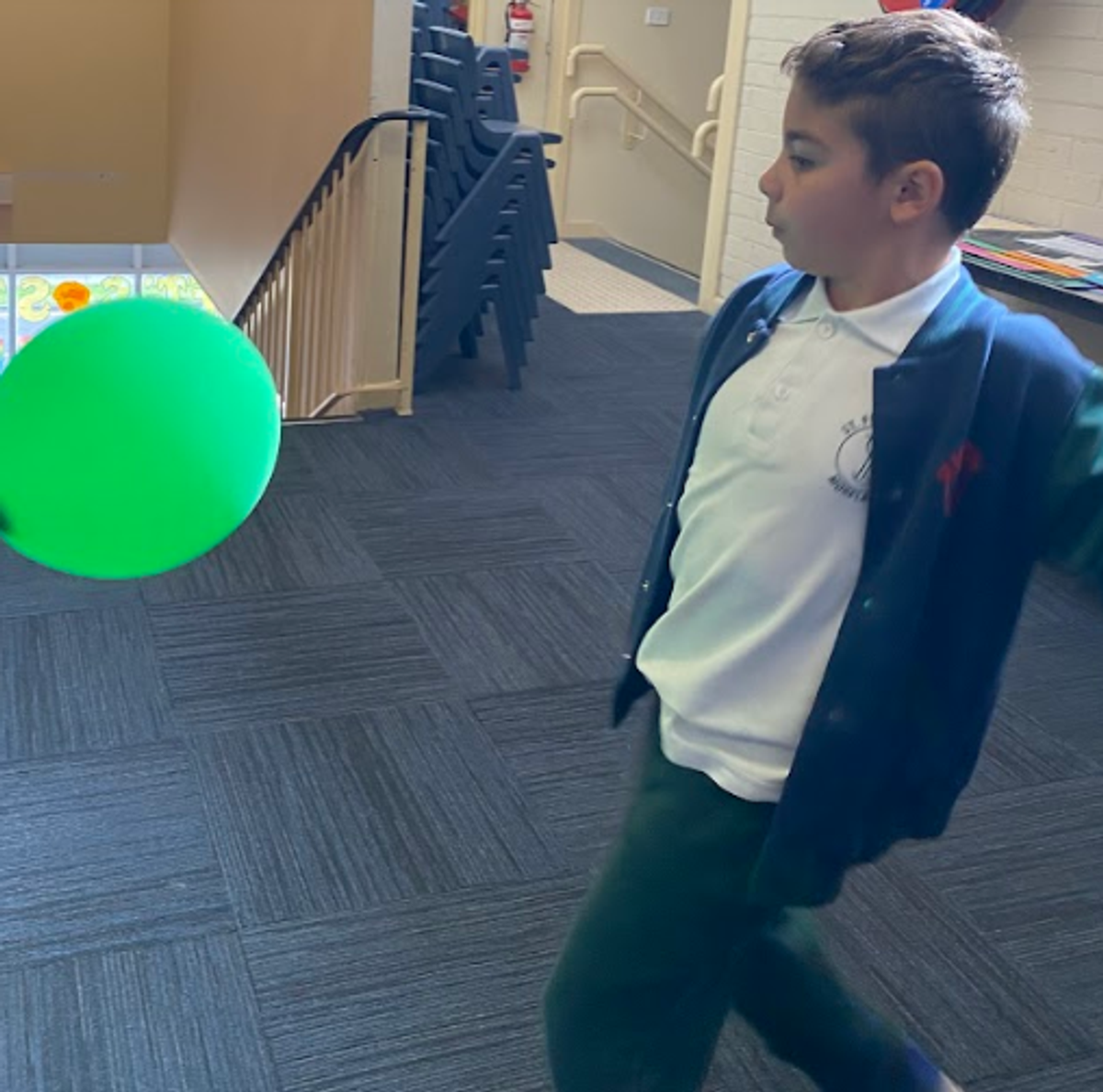

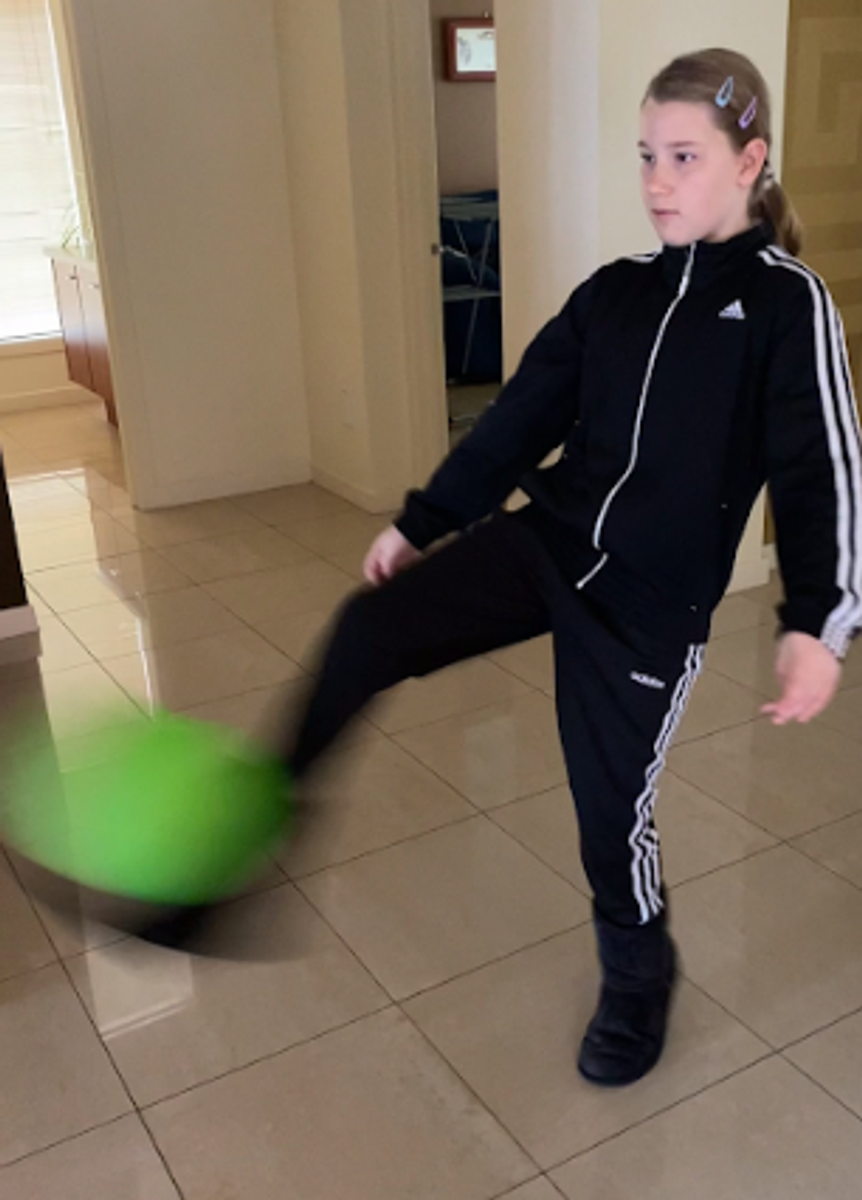
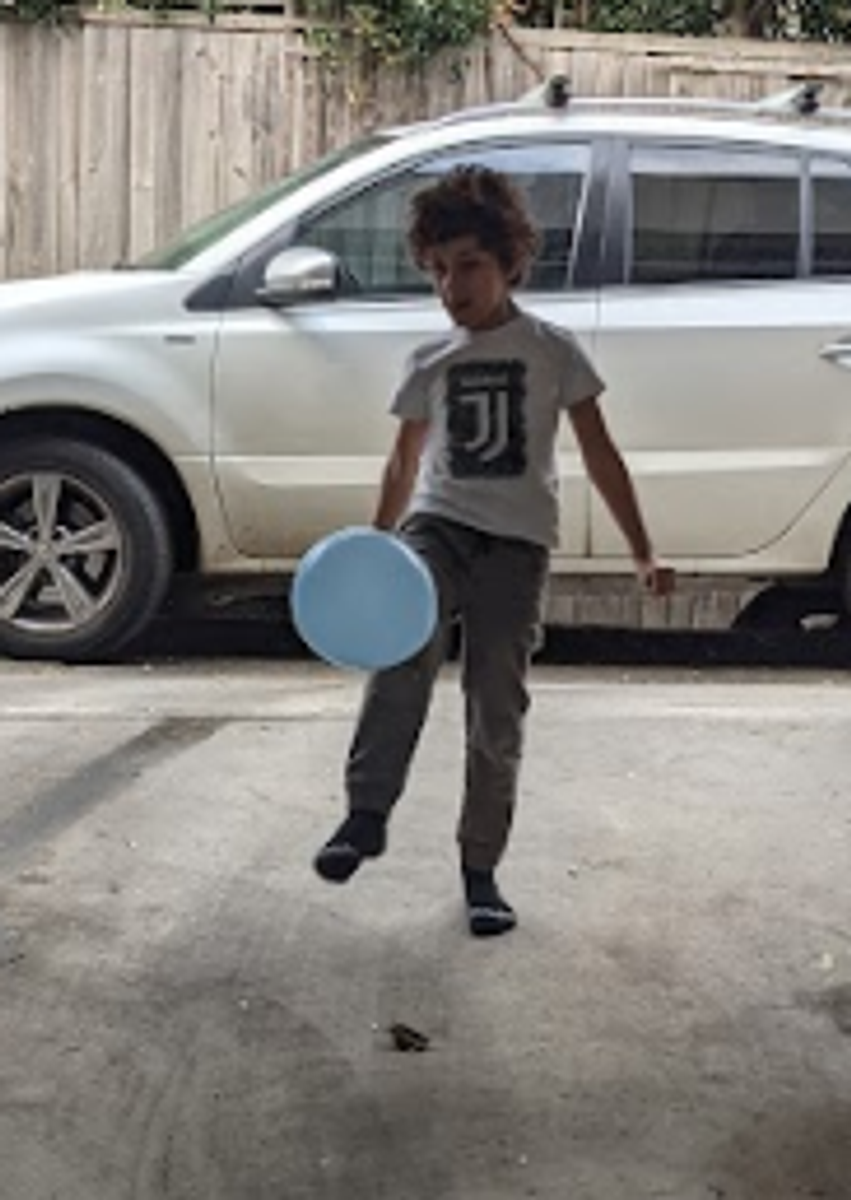




















Harrison showing off his art gallery in his room!
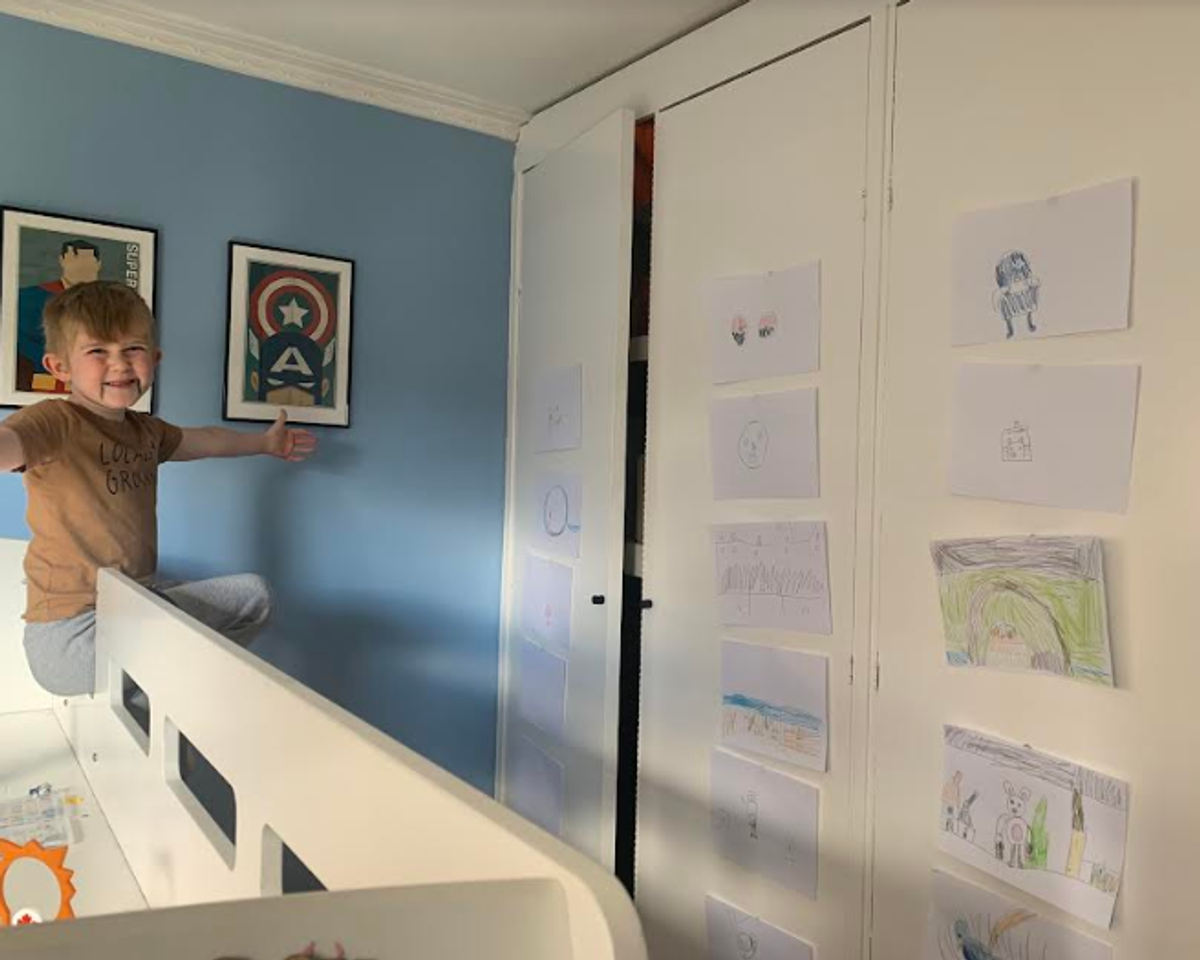
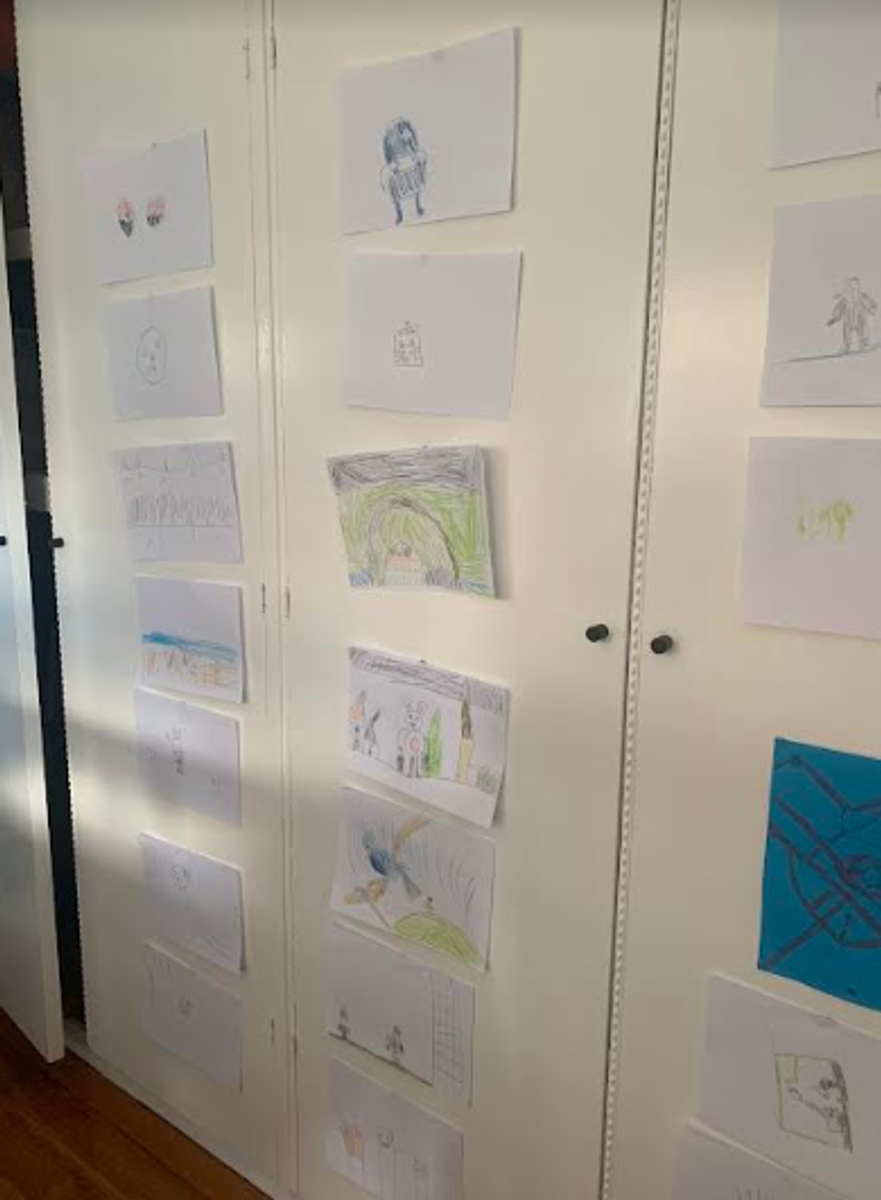




Salve! (Hello). Come state? (How are you all going?) Bene, I hope.
This week I will be giving our St Fidelis school community a snapshot of what the Grade 1/2 children have been learning about in italiano this term.
Grade 1/2 started off Term 3 by revising colours, namely learning about I colori primari (primary colours) and I colori secondari (secondary colours). They then went on to learn that i colori can also be aggettivi (adjectives) and the placement of adjectives comes always after a noun in italiano.
Next, the children started learning about L’aula, (the classroom). Here they learnt the names of various classroom objects, plus explored the fact that nouns are grouped into two categories: masculine and feminine, this in turn, influences what definite article “the'' you put in front of a noun. The children also became familiar with the language structure of “Nell aula c’è…” (In the classroom there is…). Here they began to recognise and retell what objects were found in the classroom and complete short sentences.
Grade 1/2 will from now until the end of the term, be revising “la famiglia” (the family) members' names in italiano as well as learning language structures on how to introduce various family members, eg. “Questo è il mio papà,” (This is my dad), “Questa è la mia mamma,” (This is my mum). Again, also exploring the gender of nouns throughout their learning.
As you all know, most of my Italian sessions have been online this term and I must say that the children have been fantastico coming each week to my live Italian Google meet session and then going away and completing their set task. I often receive photos of their work as well as positive feedback from parents and children. You will see some of the photos in this article today. Grazie bambini e genitori!
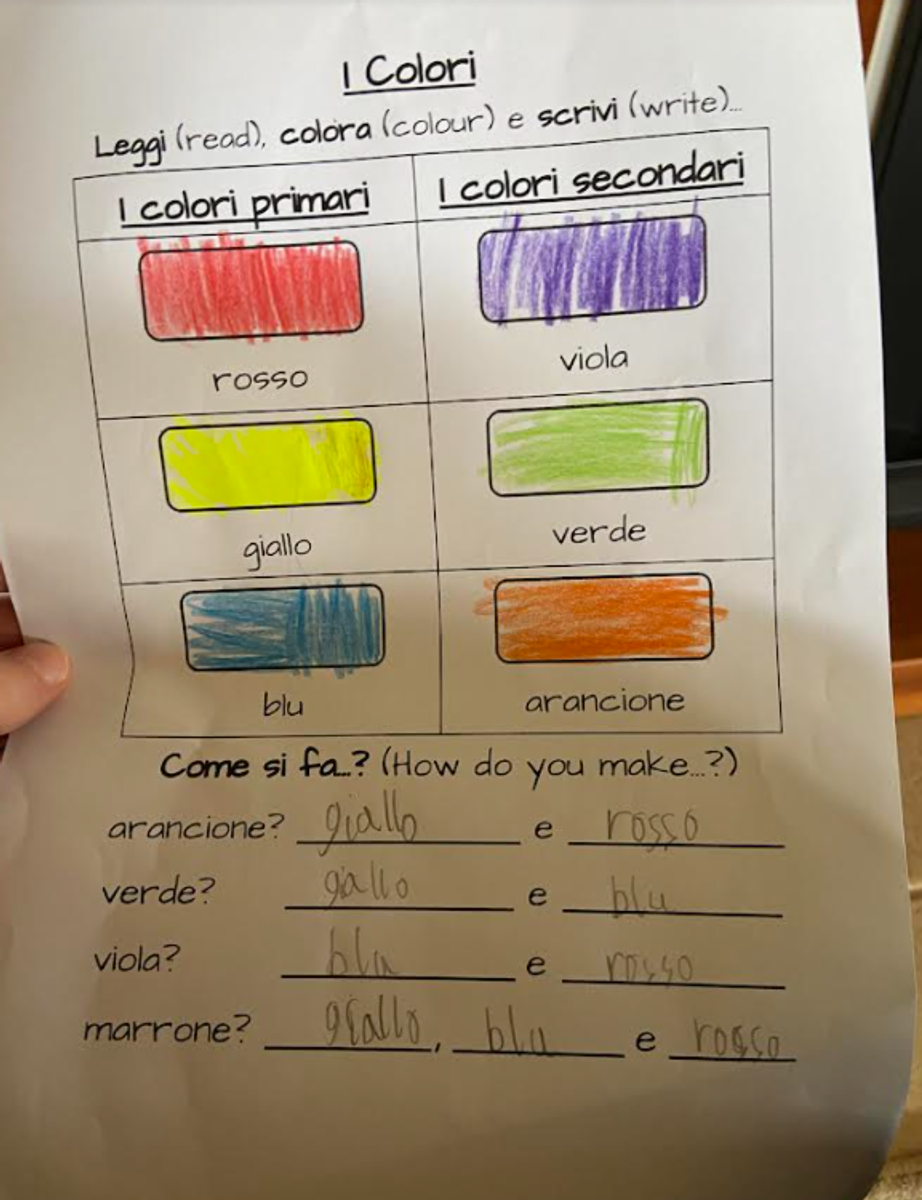

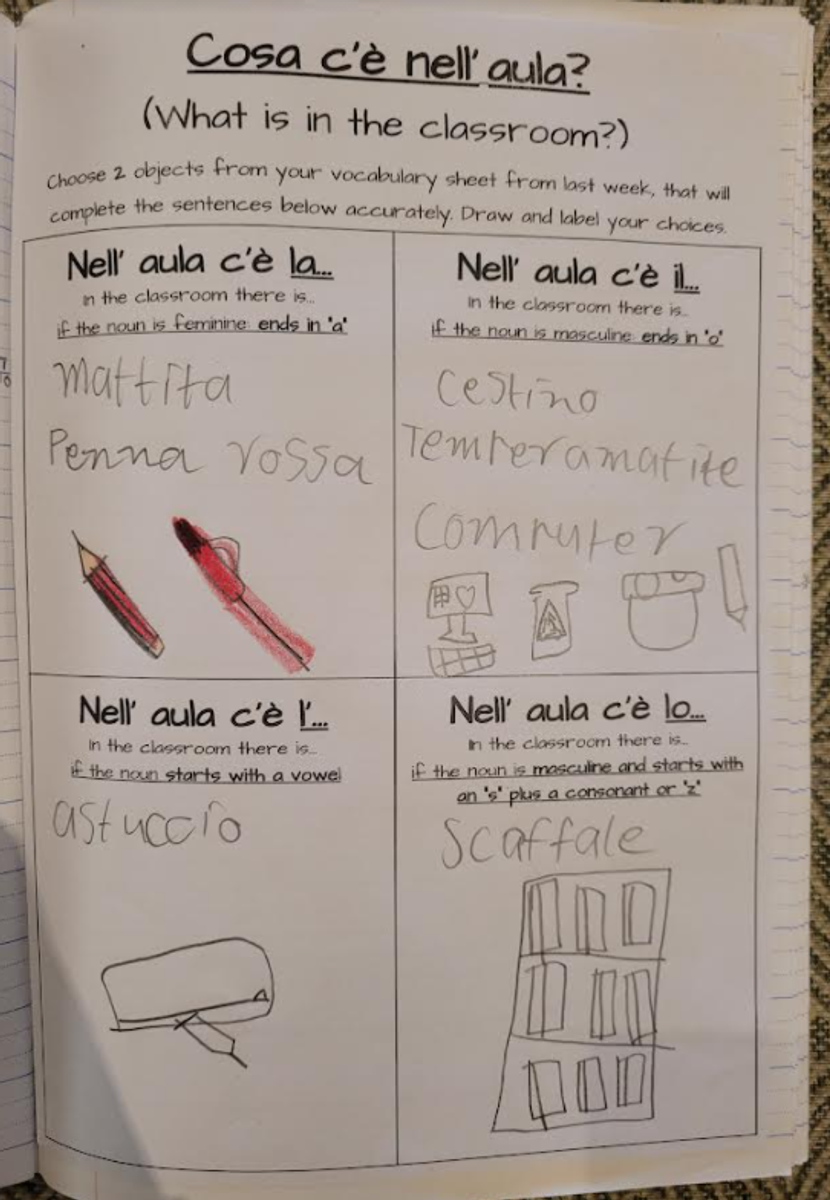
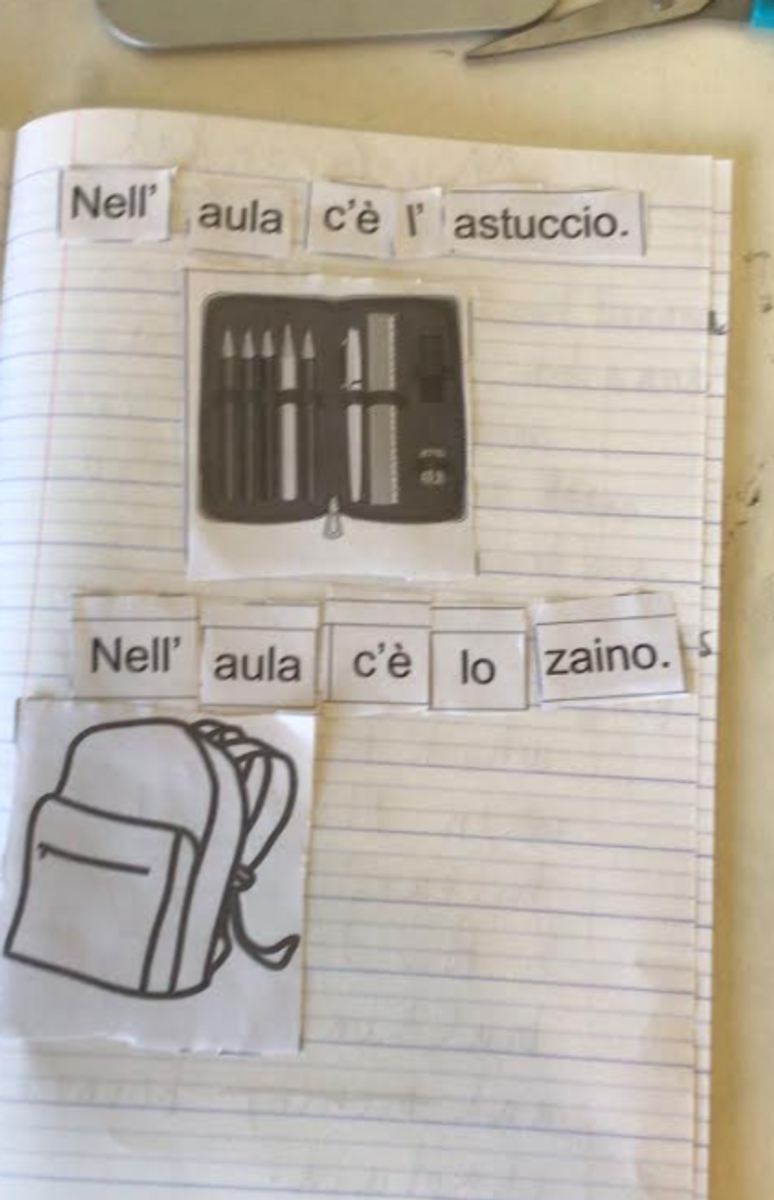
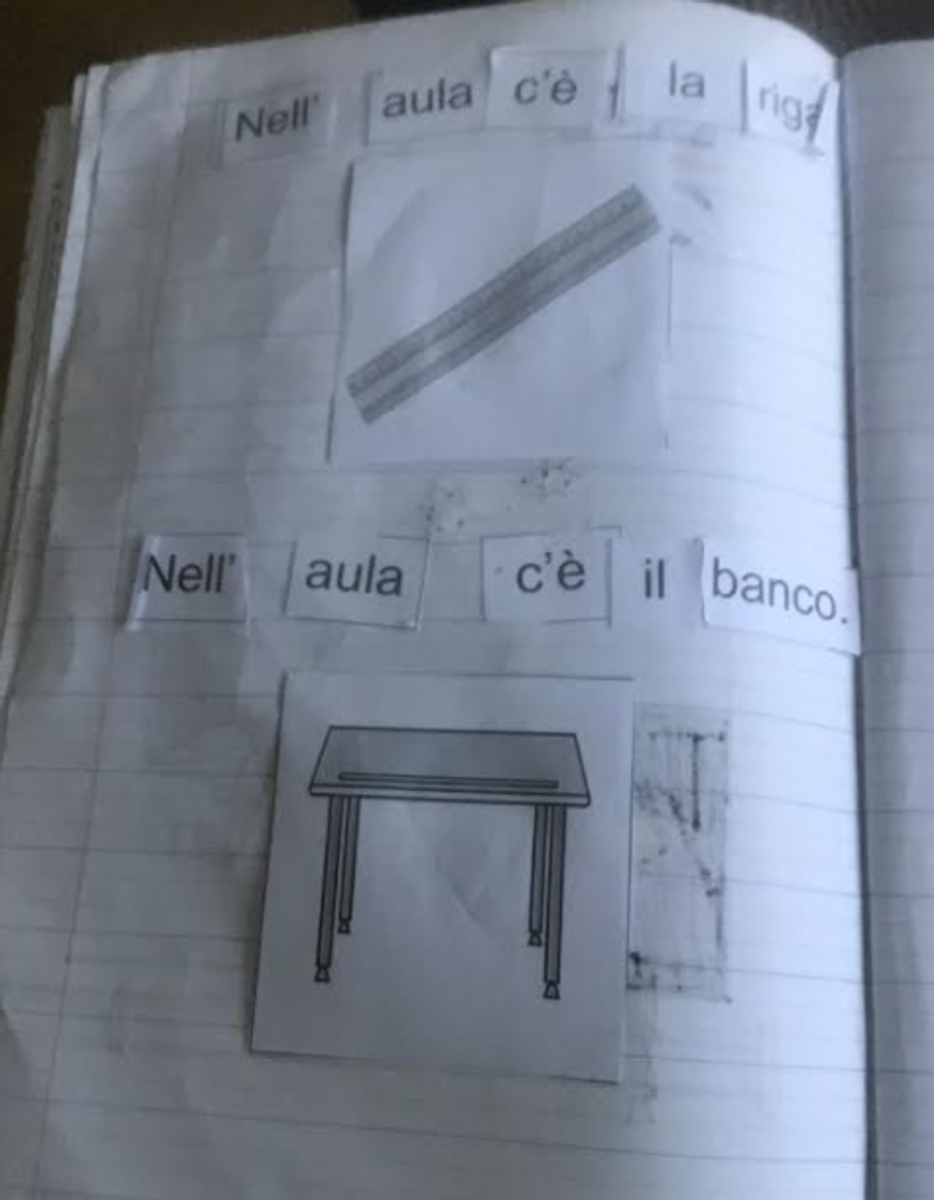


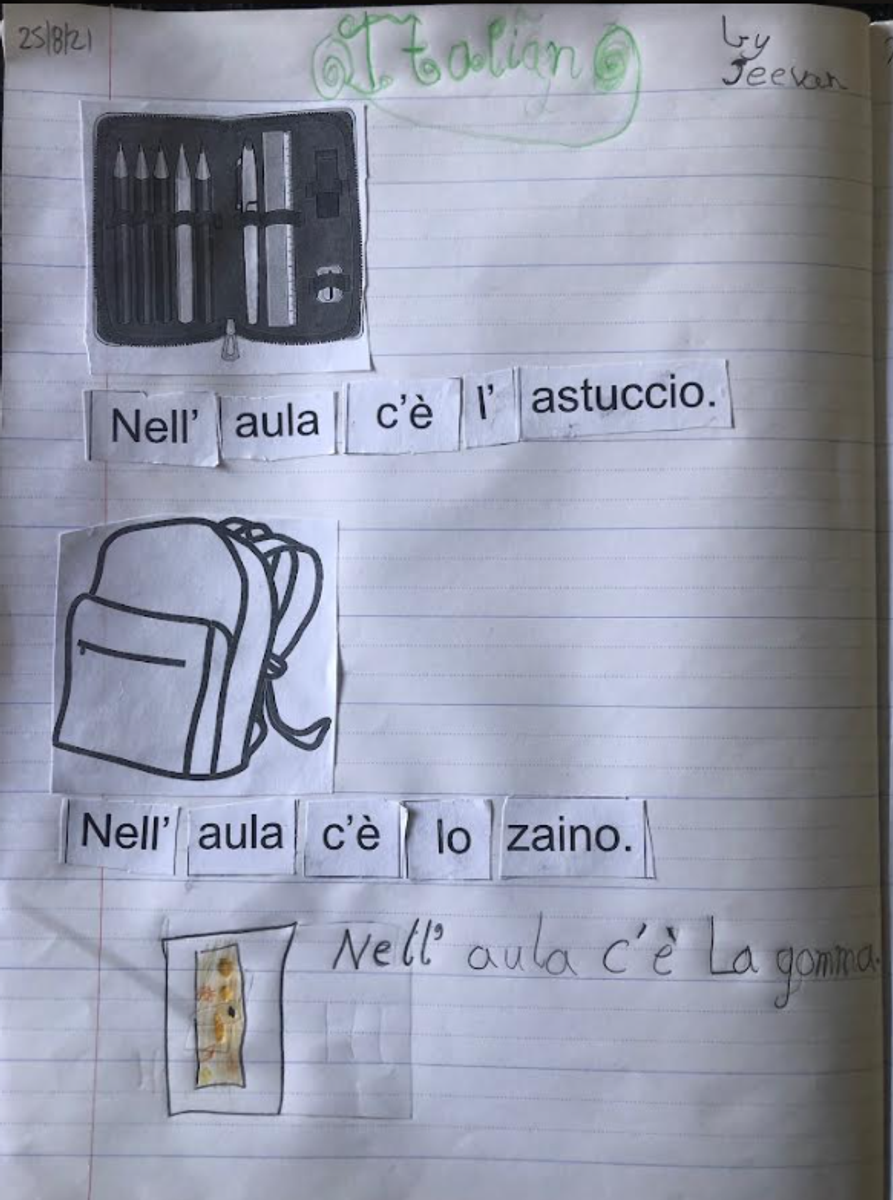
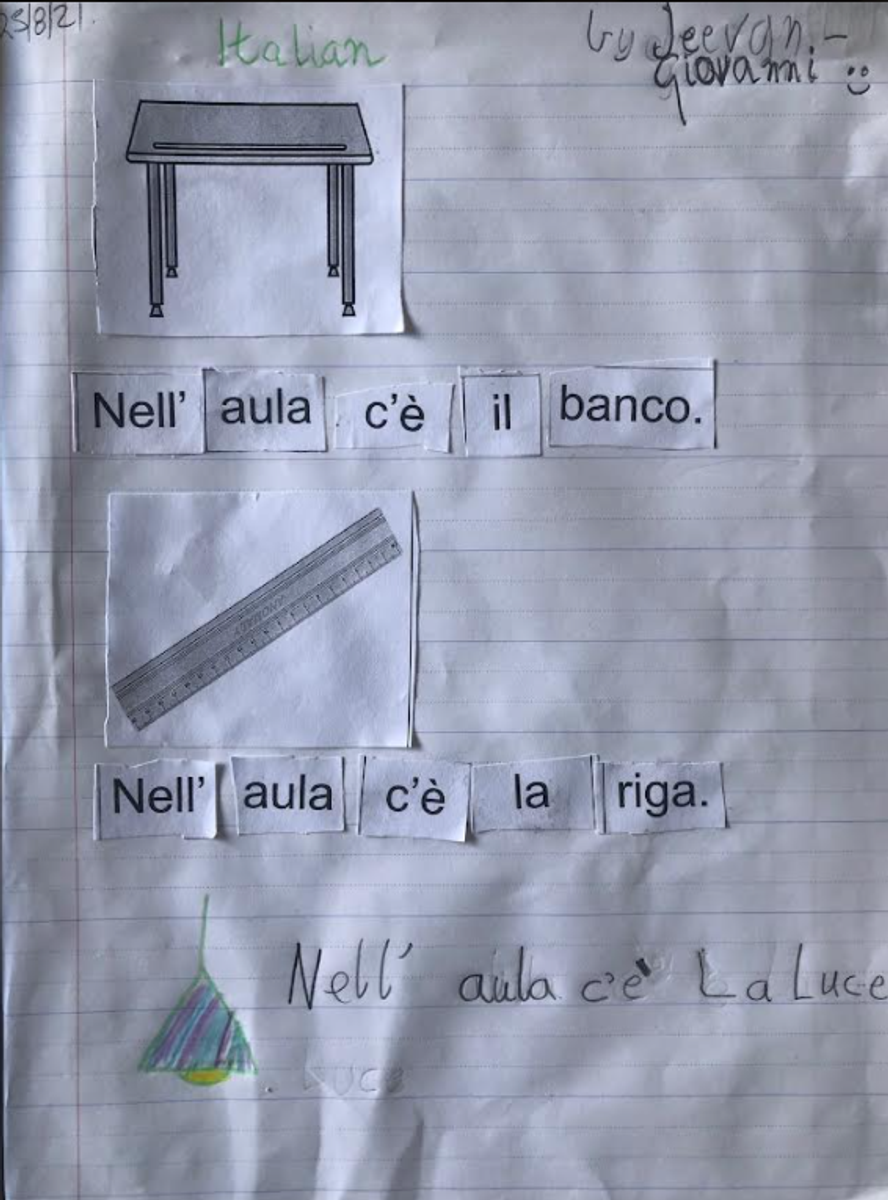









Keep up the great work bambini. Buon lavoro!
A presto! Signora Rosa :)
PS. Grazie to the Grade 5/6 ‘s for attending our first live Google Meet last week. It was so nice to check in with you and see how things are going. Keep up the good work.
This Wednesday, I hope to have a live check in with the Grades 3/4. Stay tuned through your Google classroom for meeting times Grade 3/4! :)
MUSIC EXPERIENCE